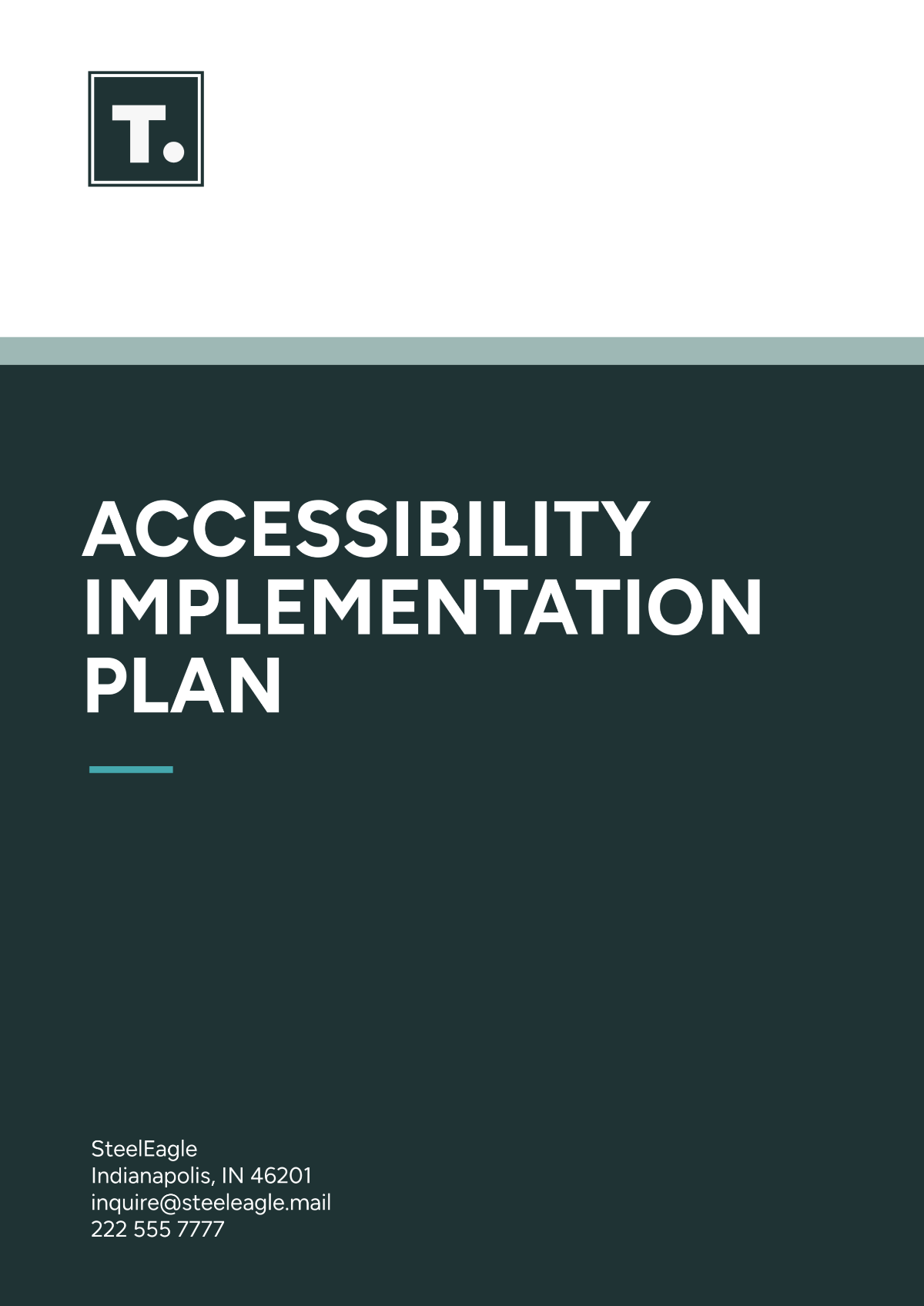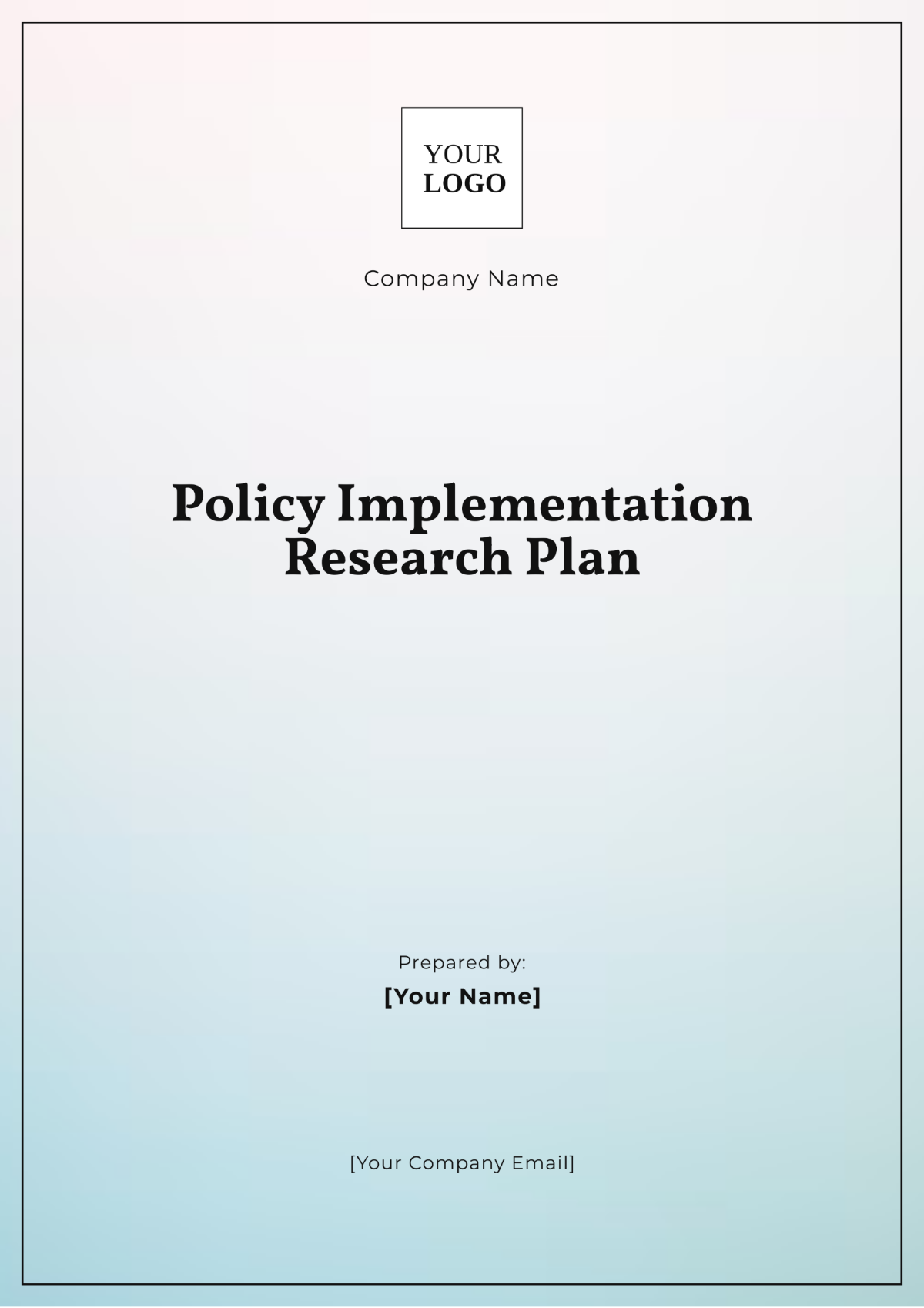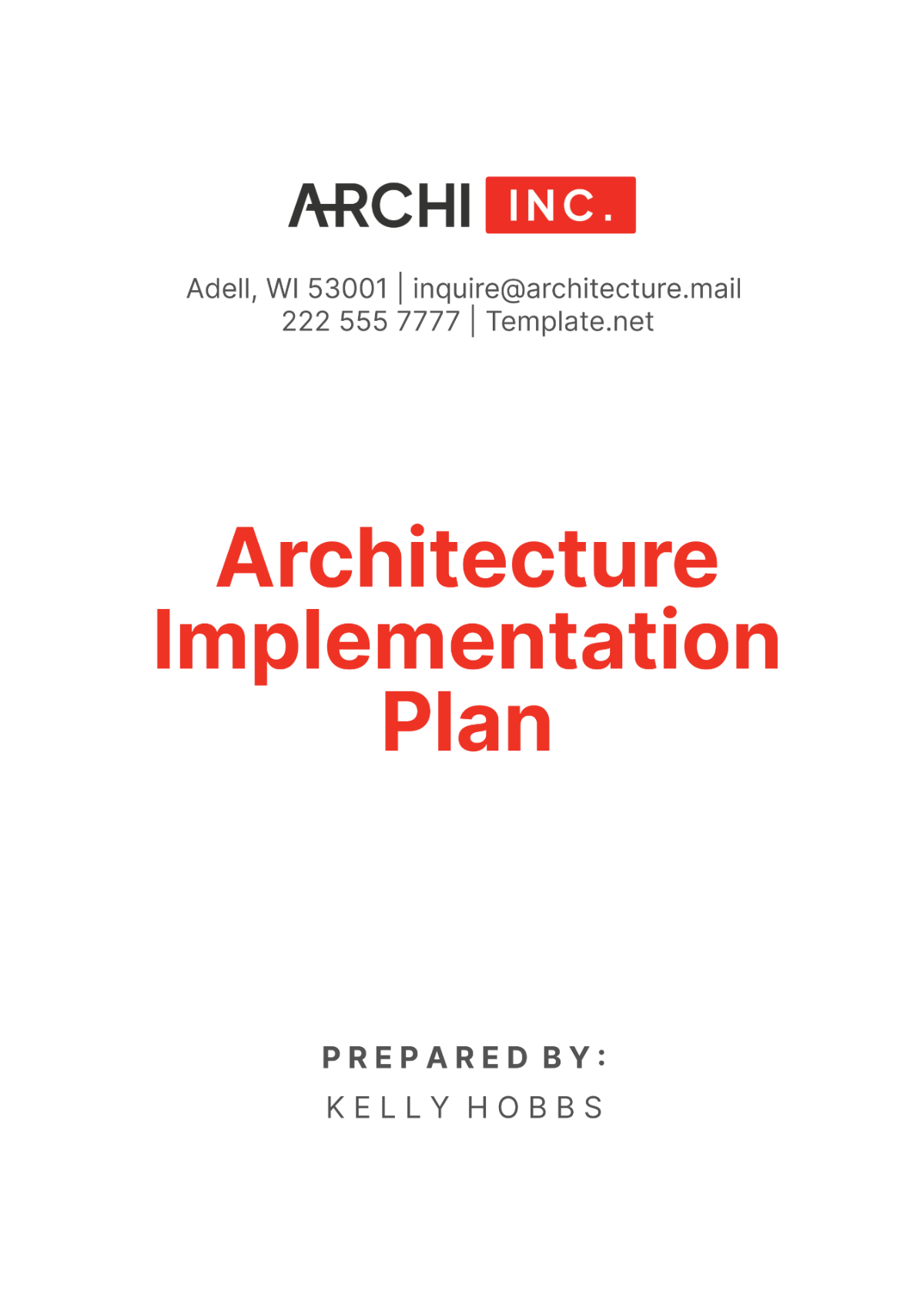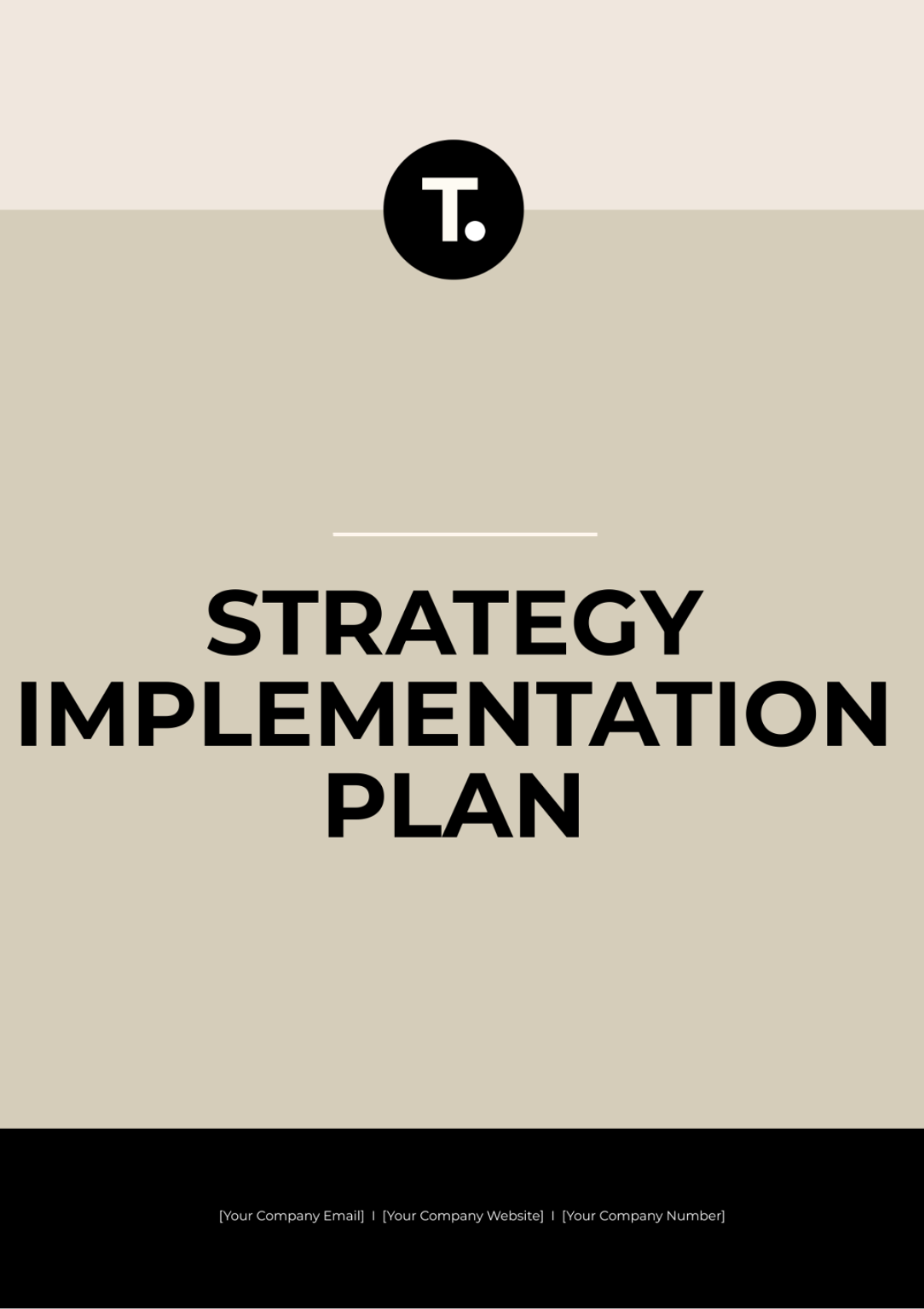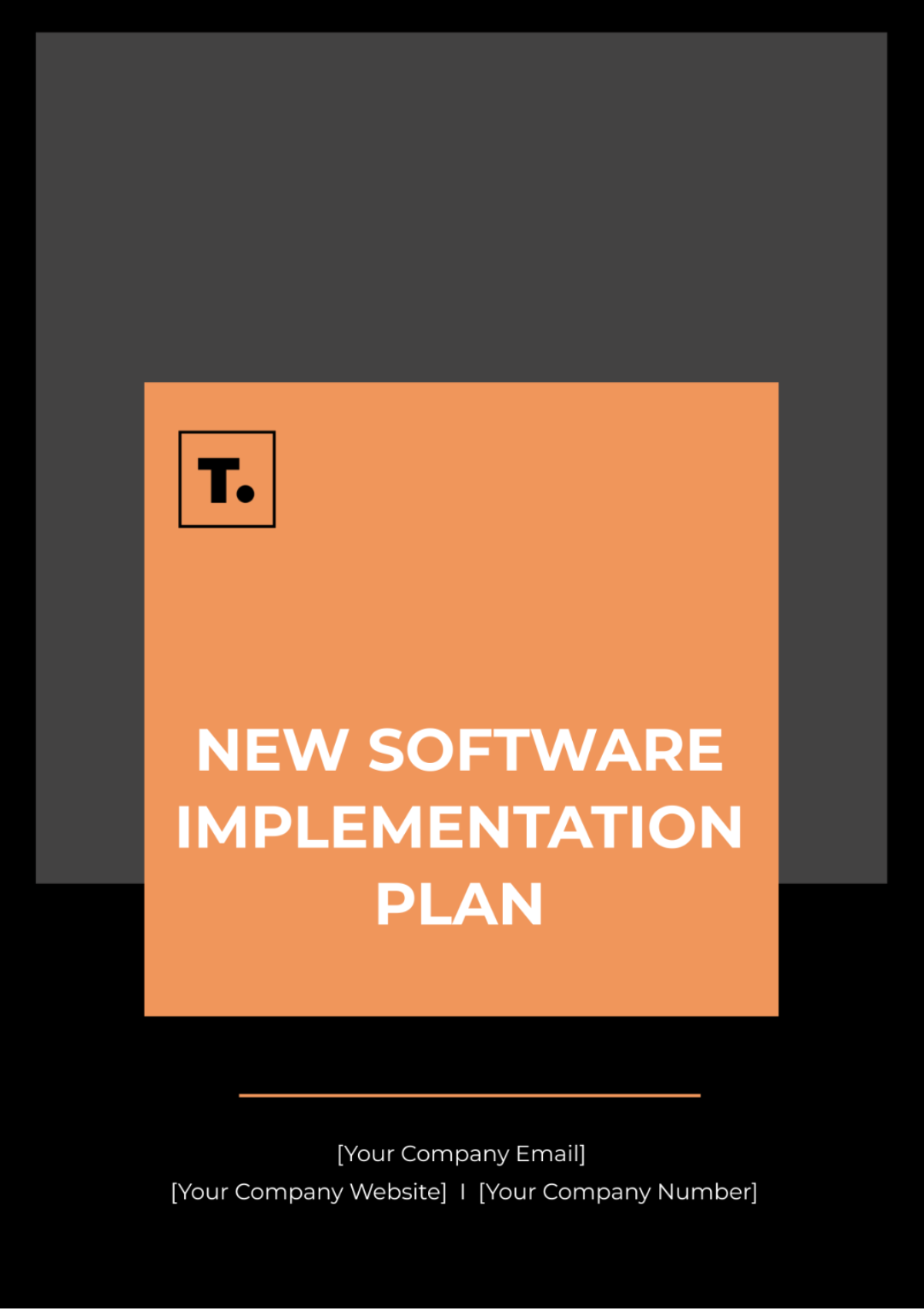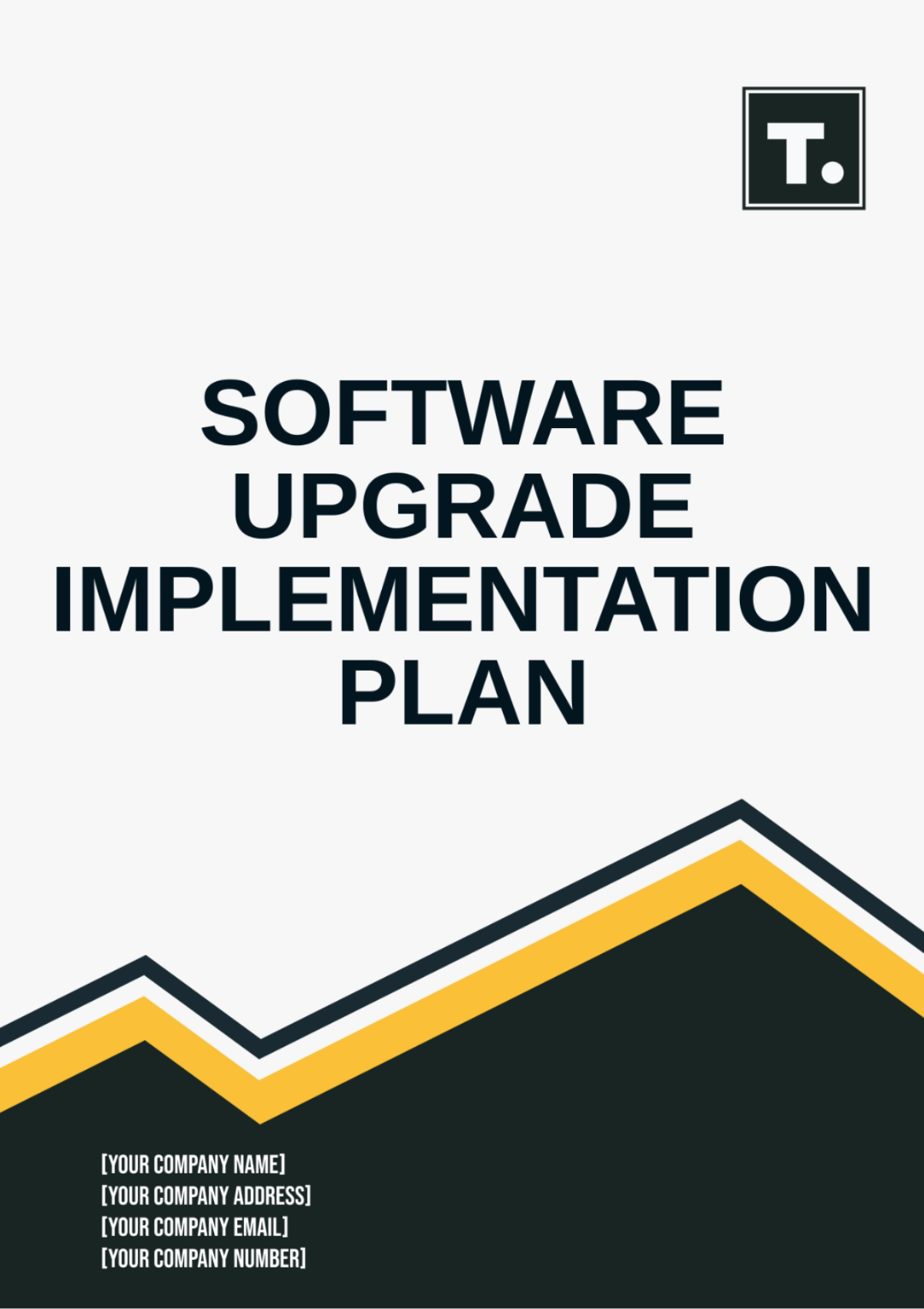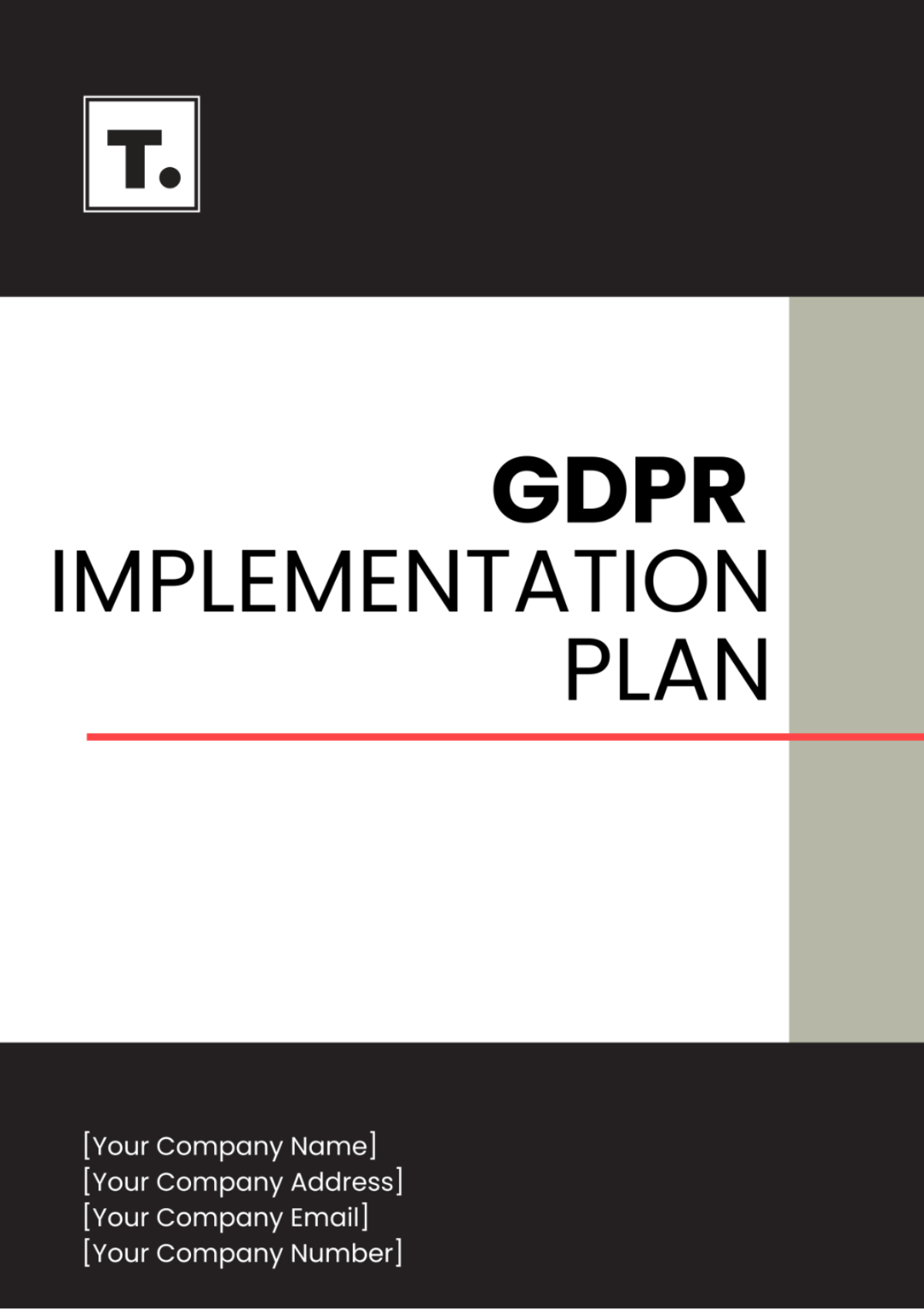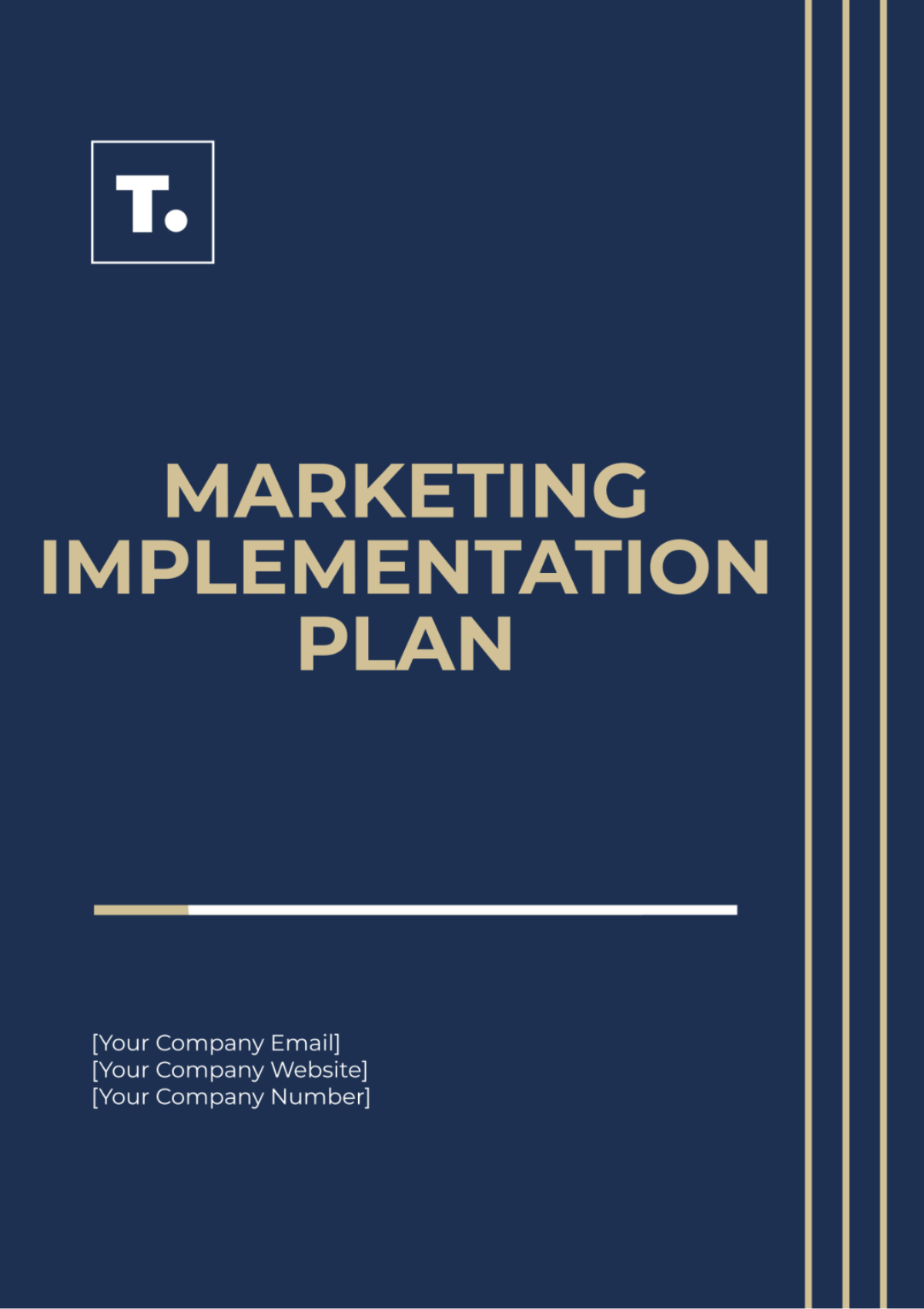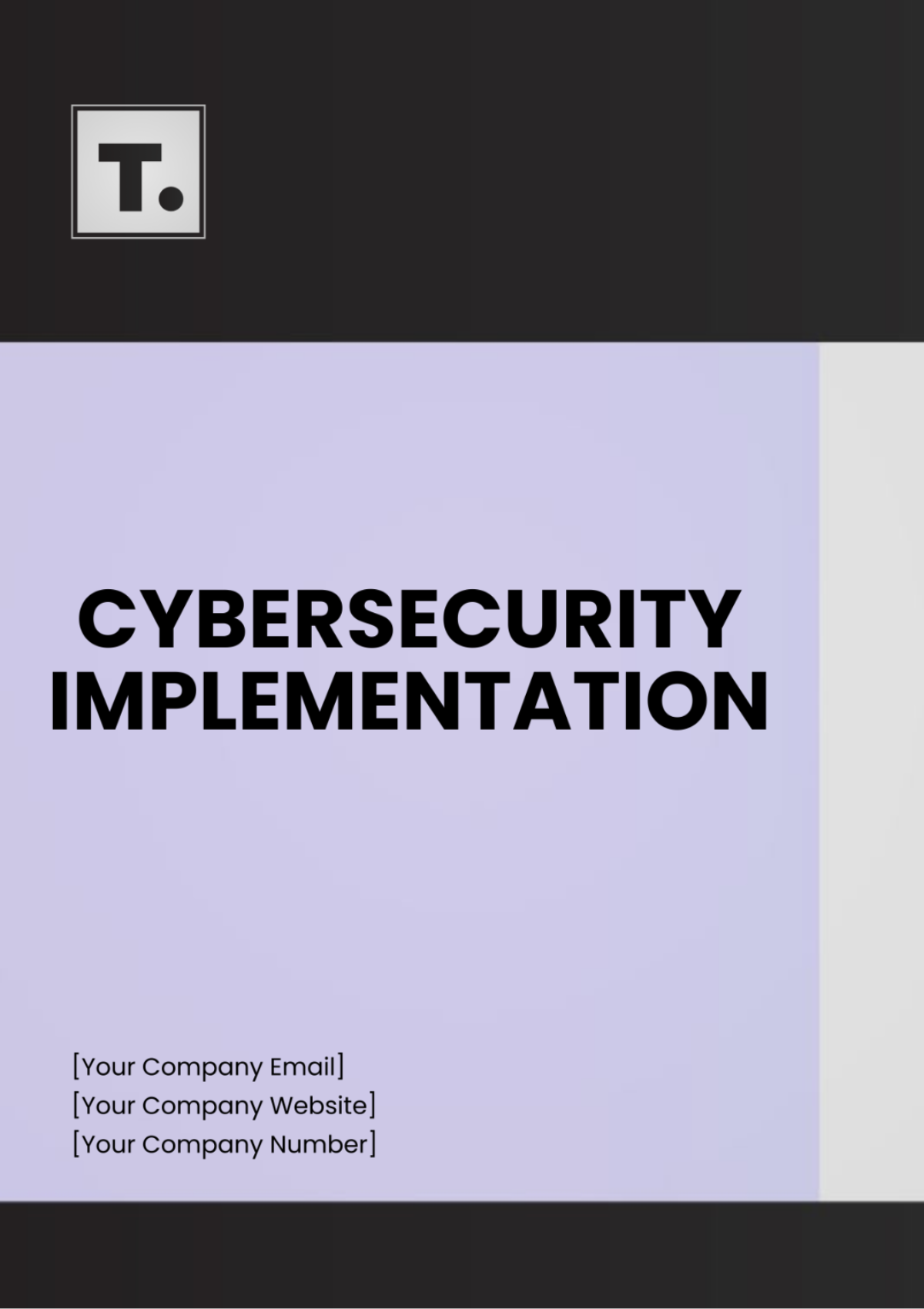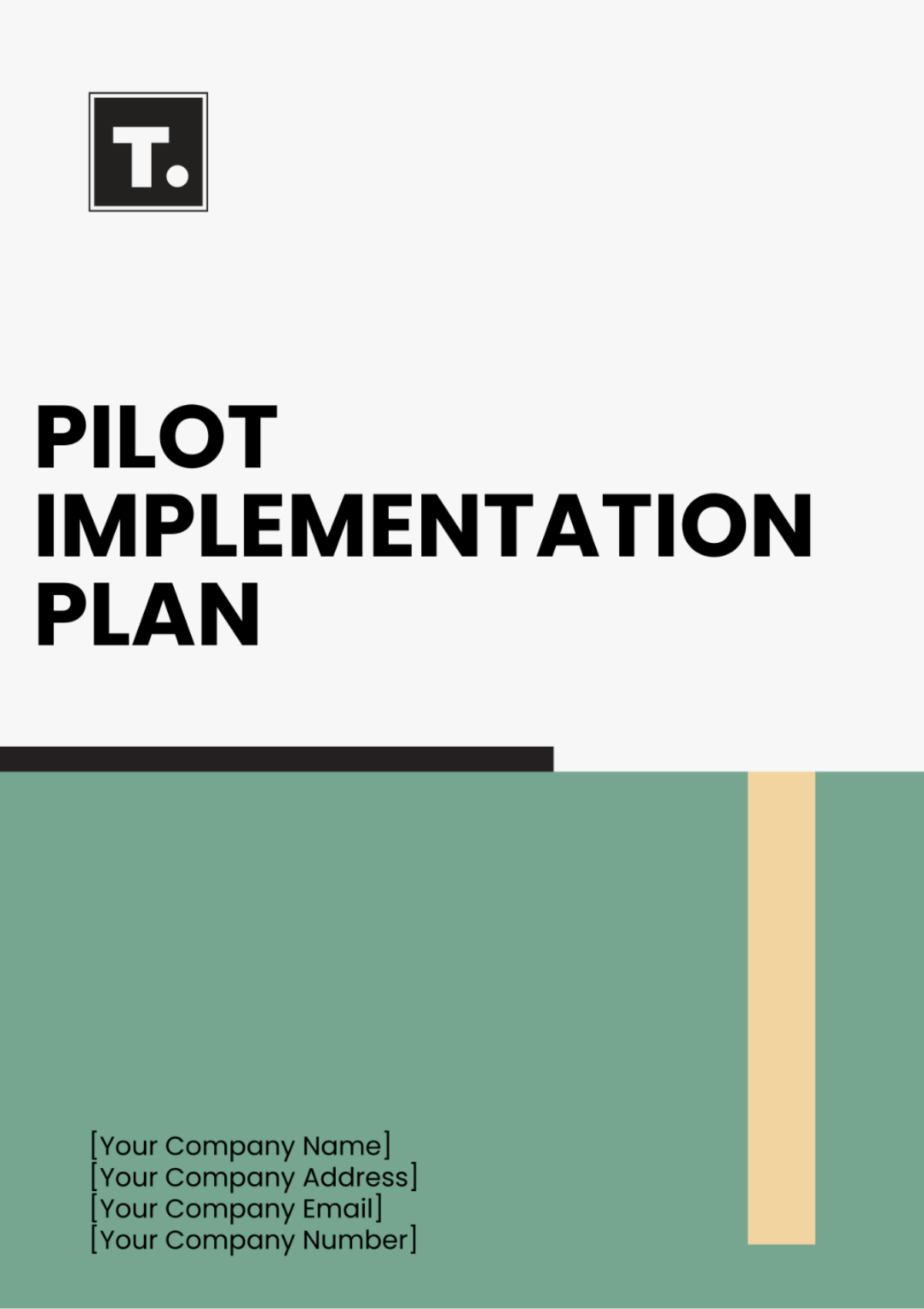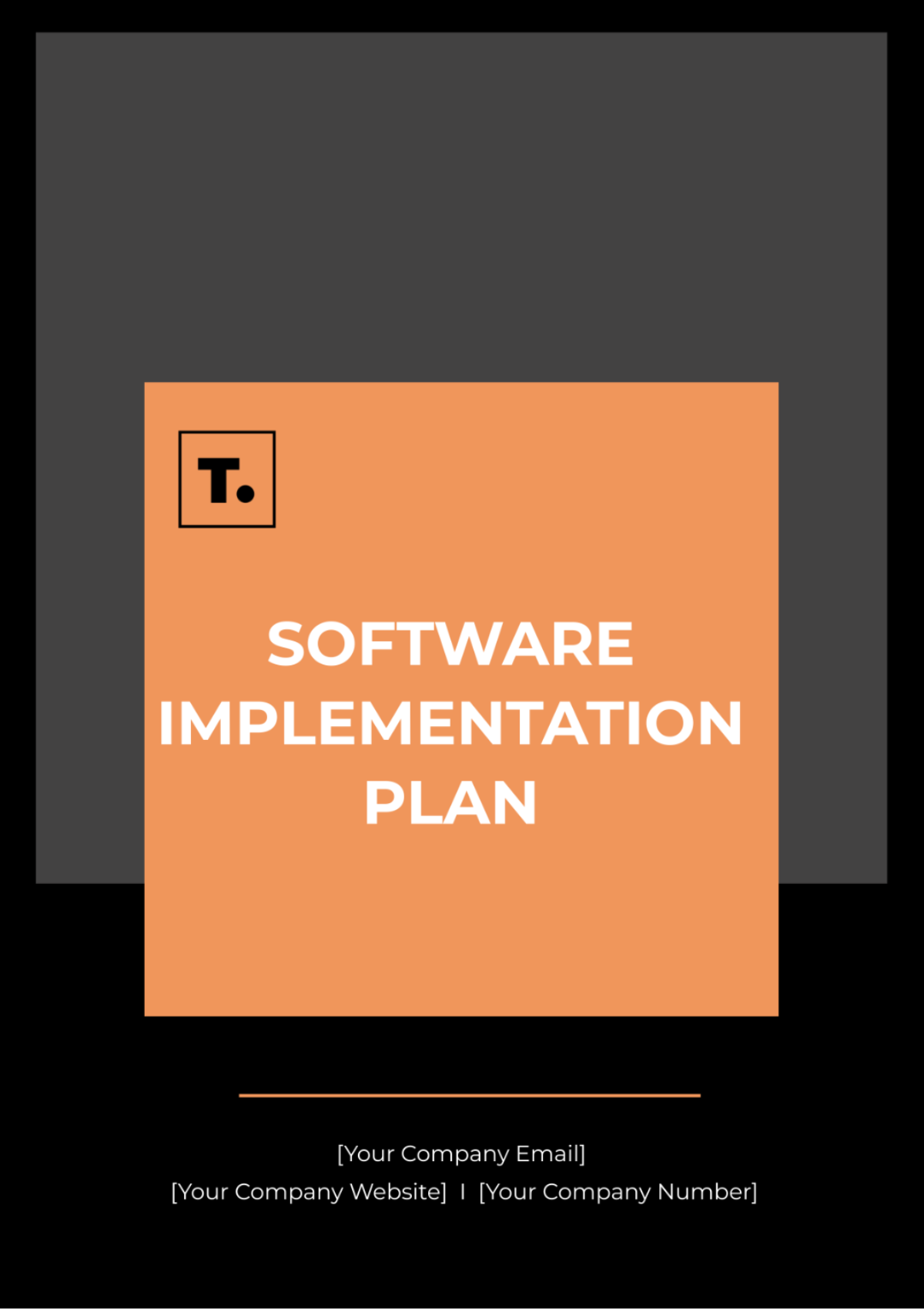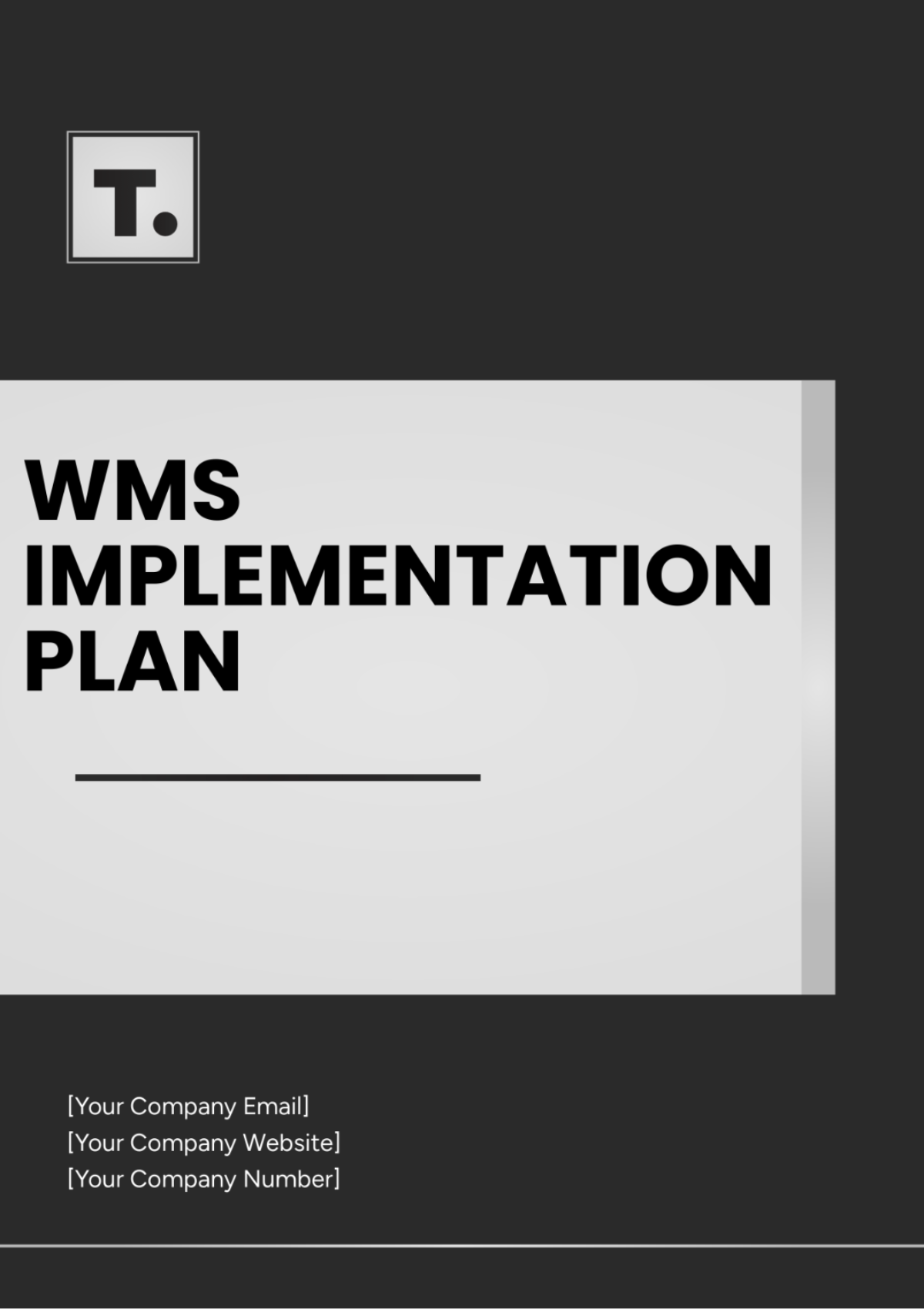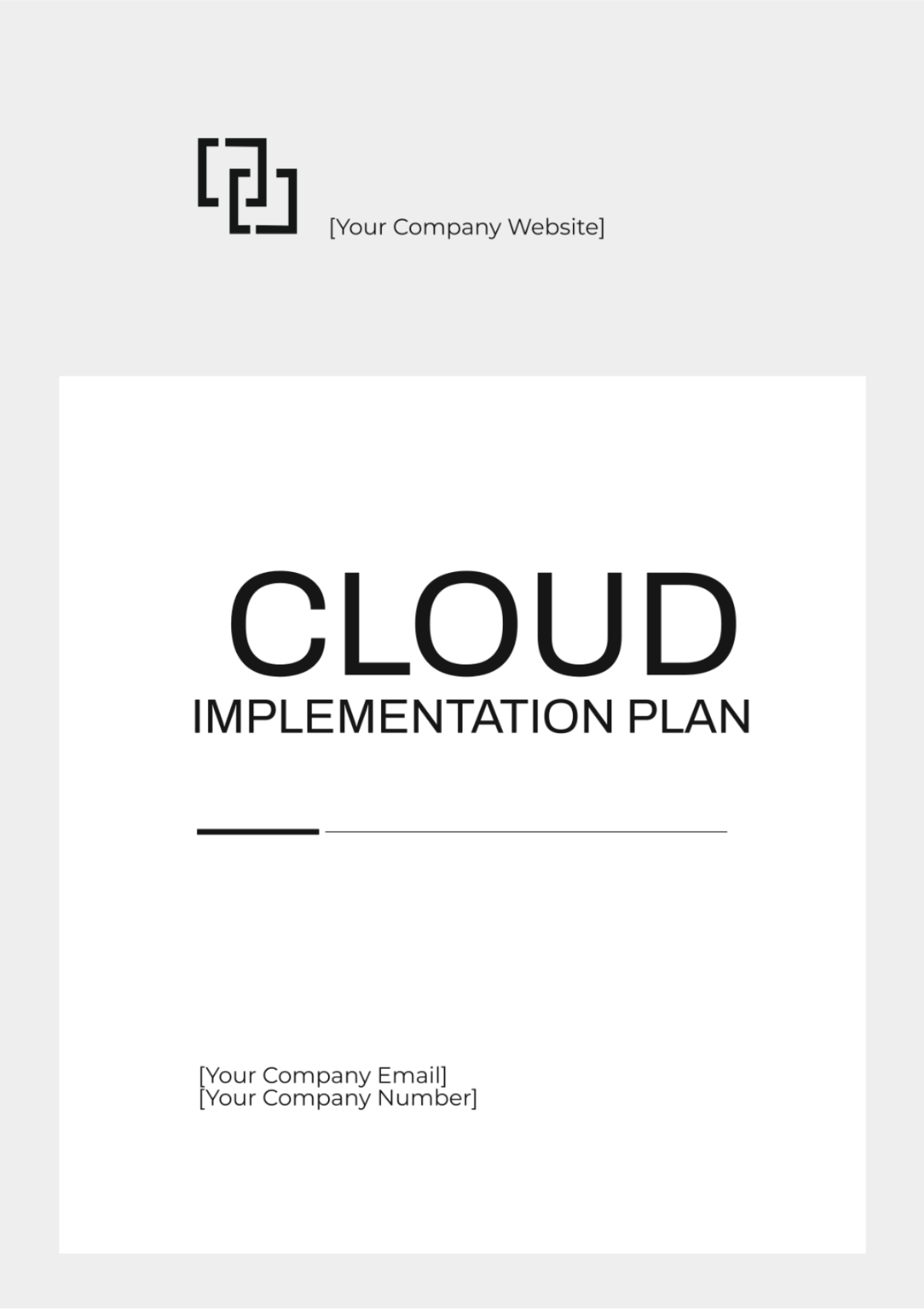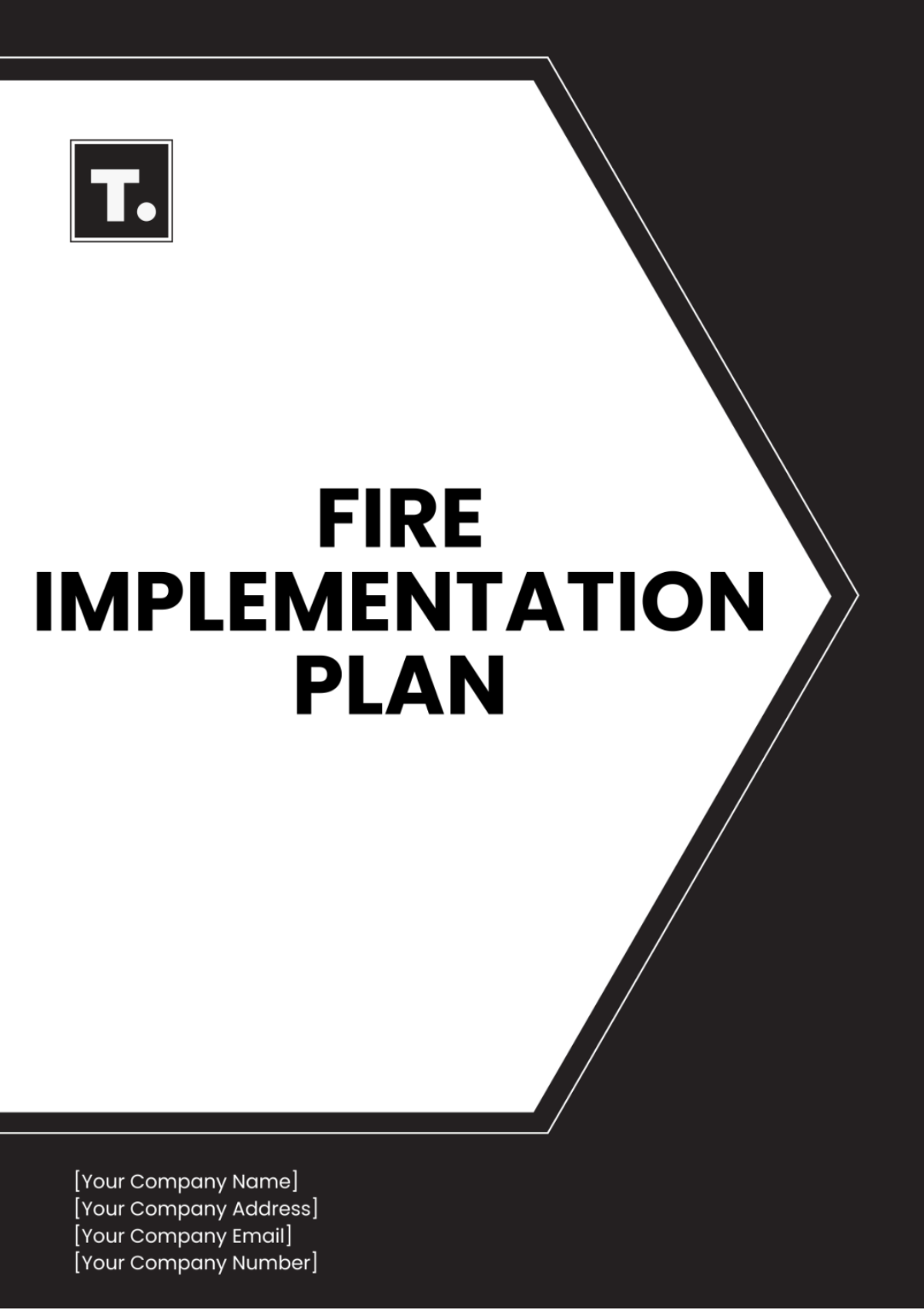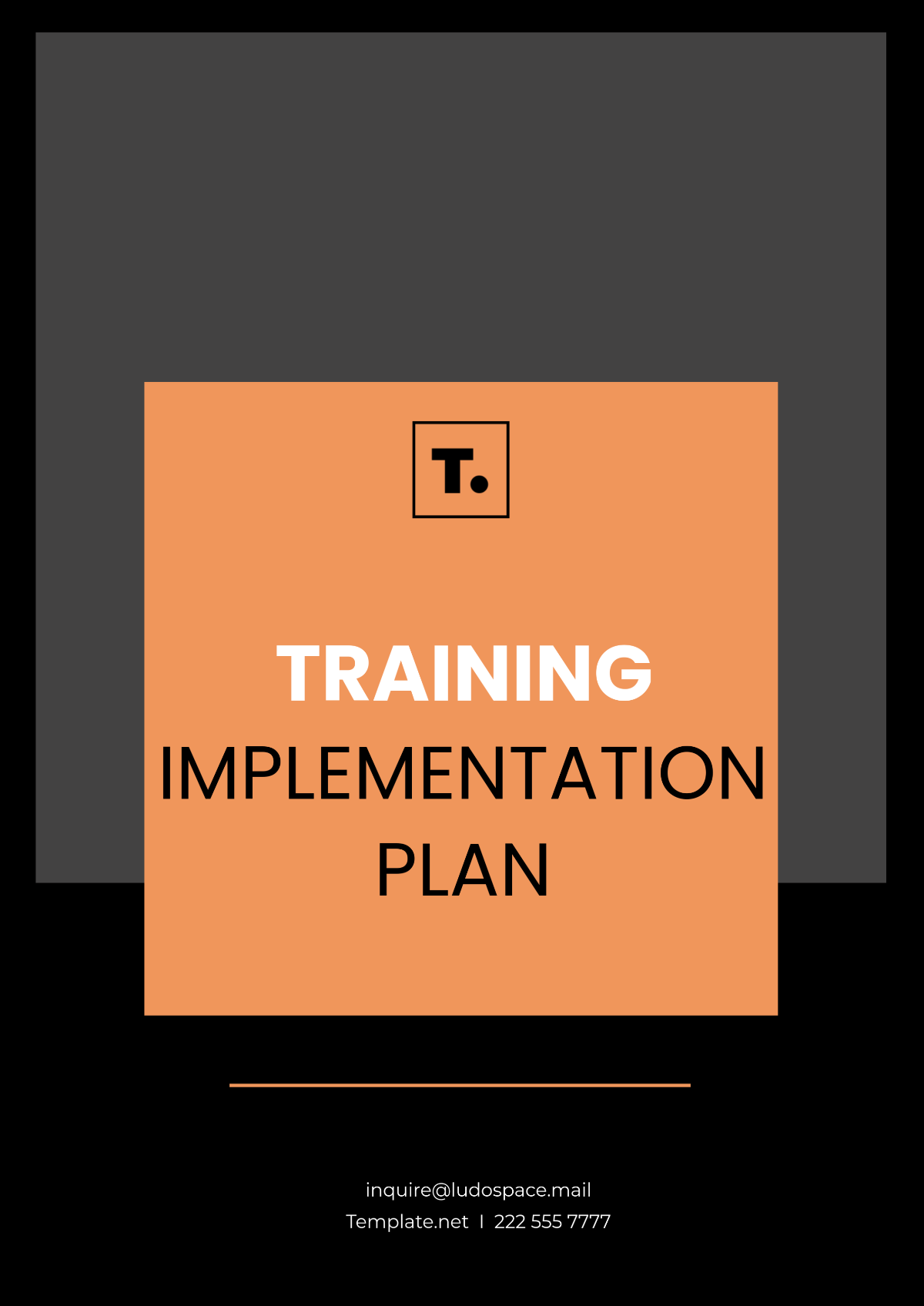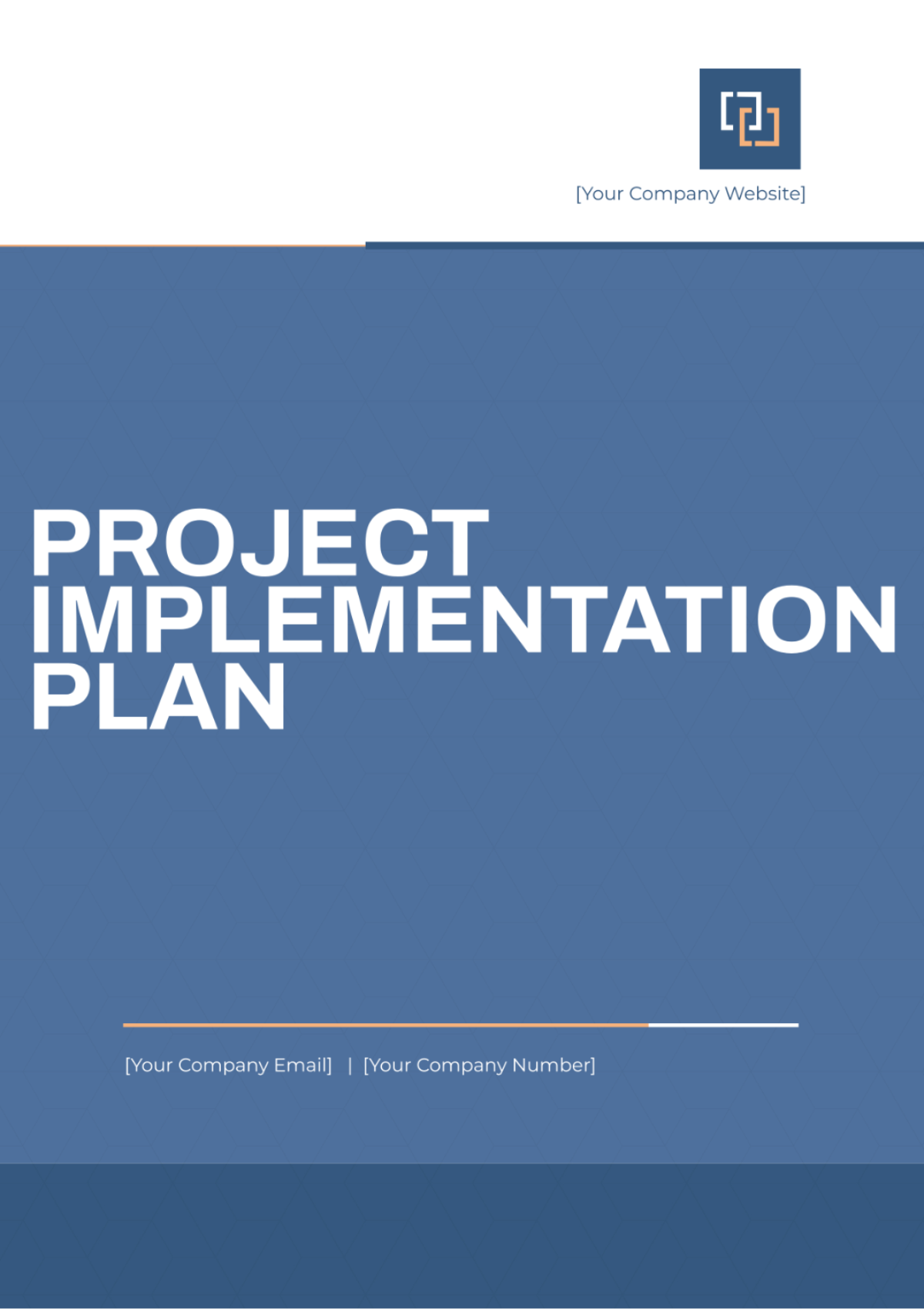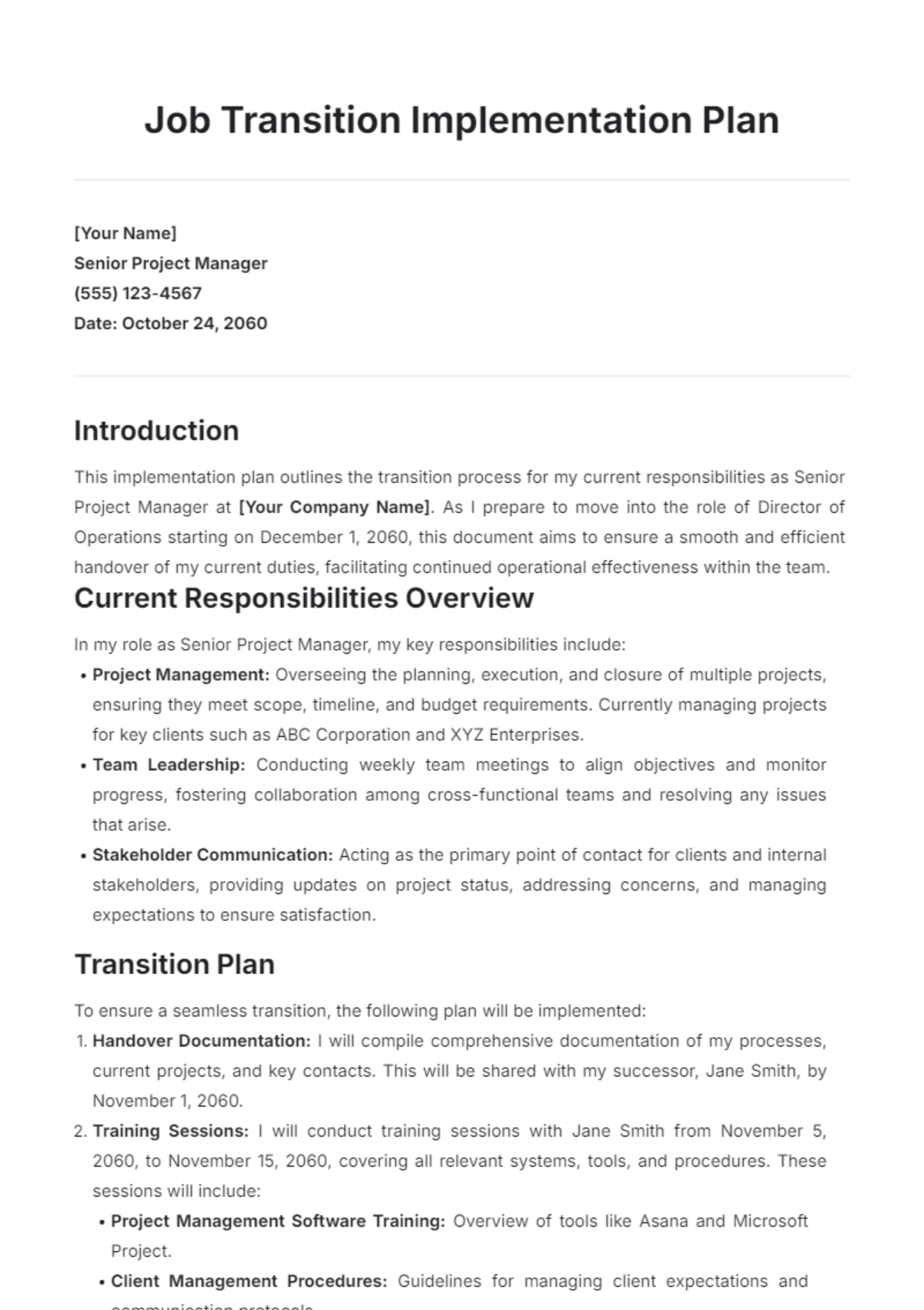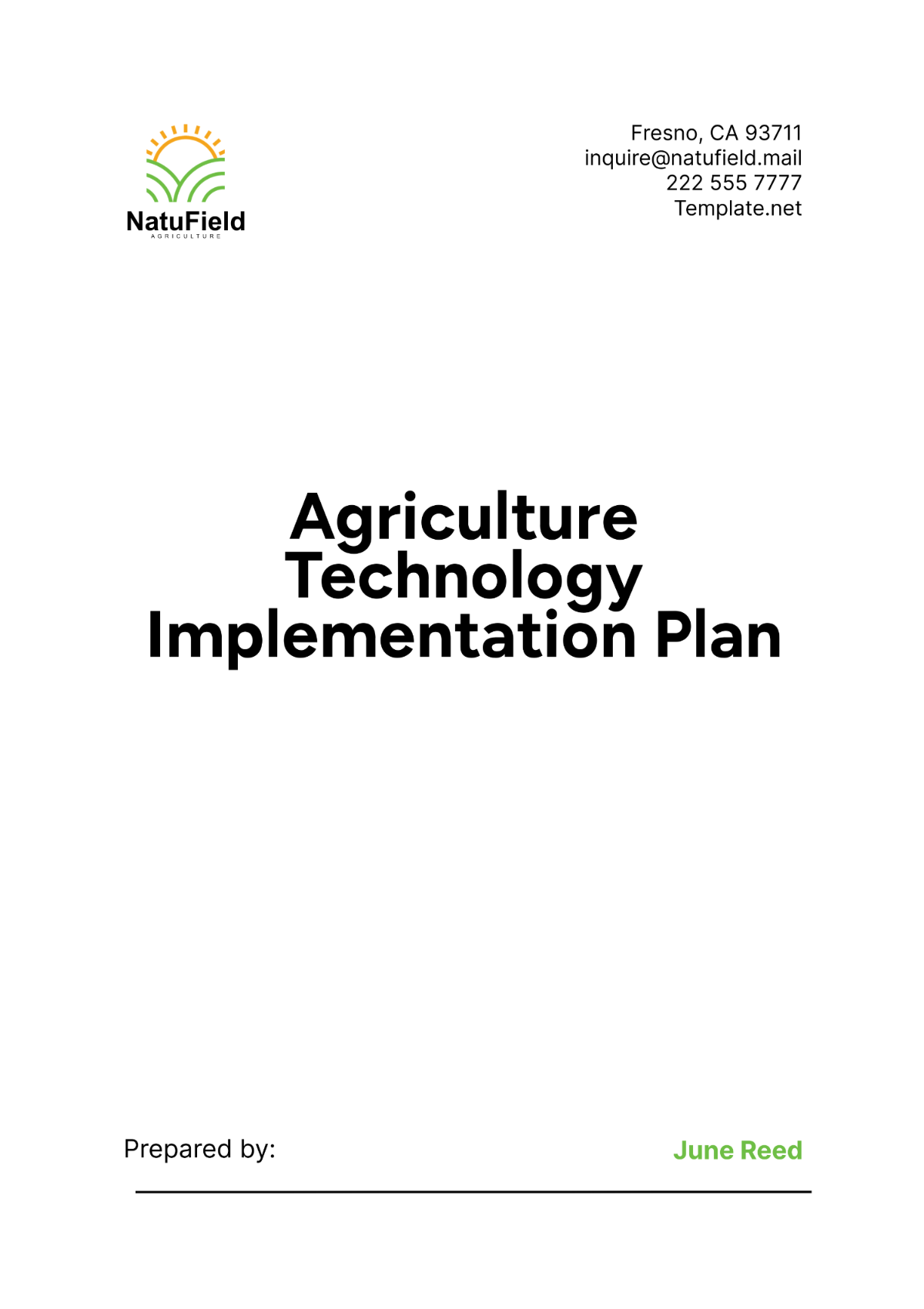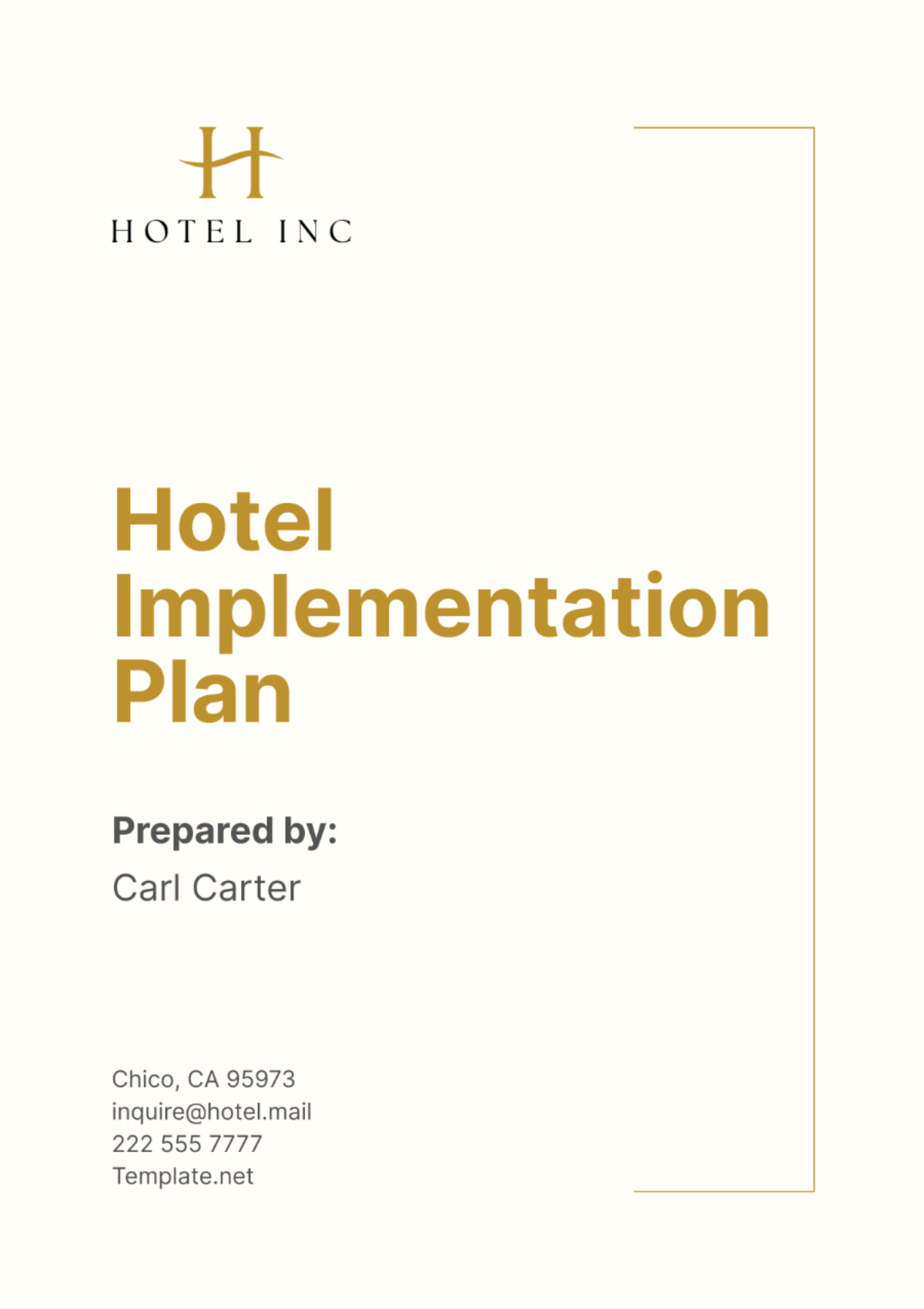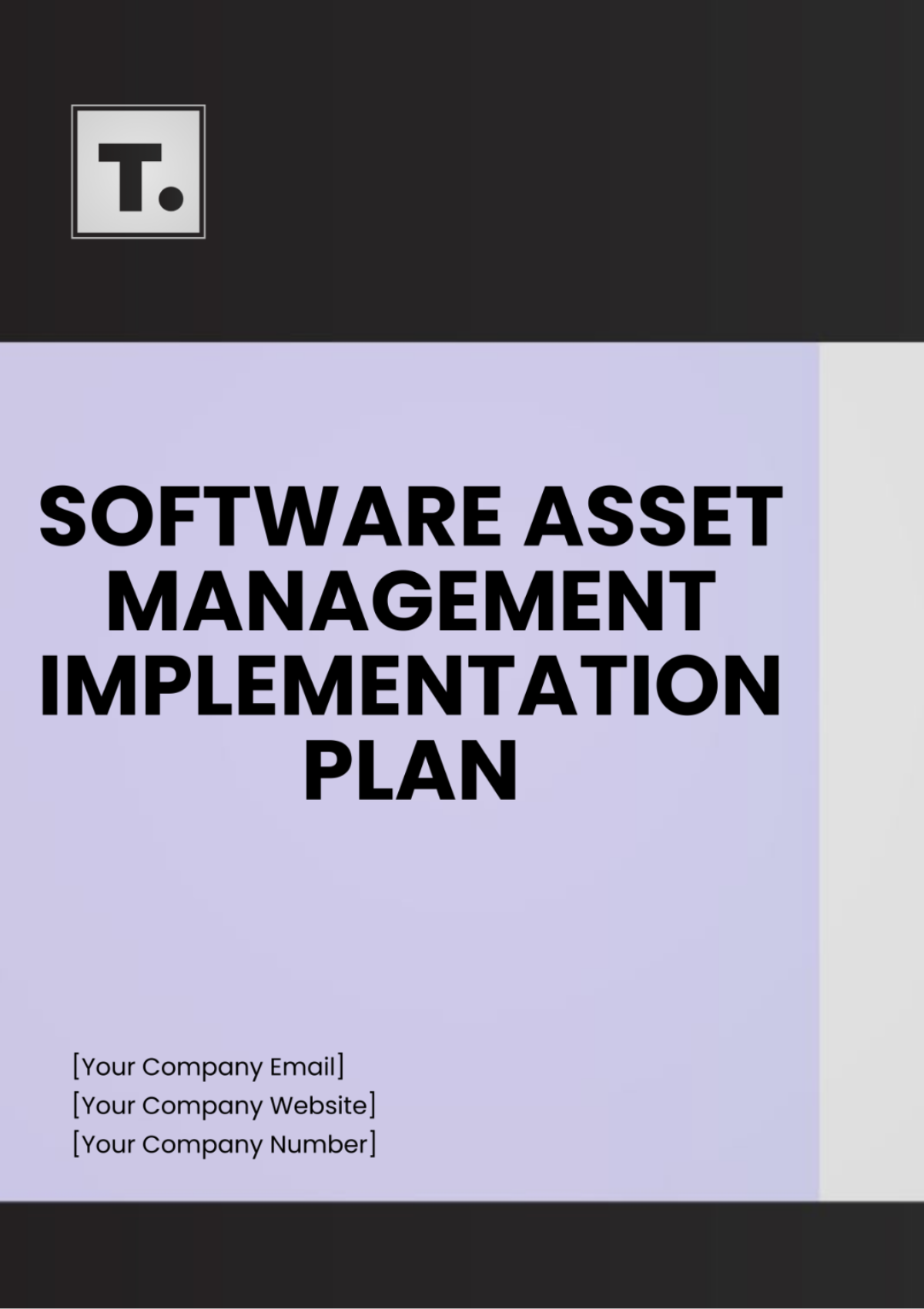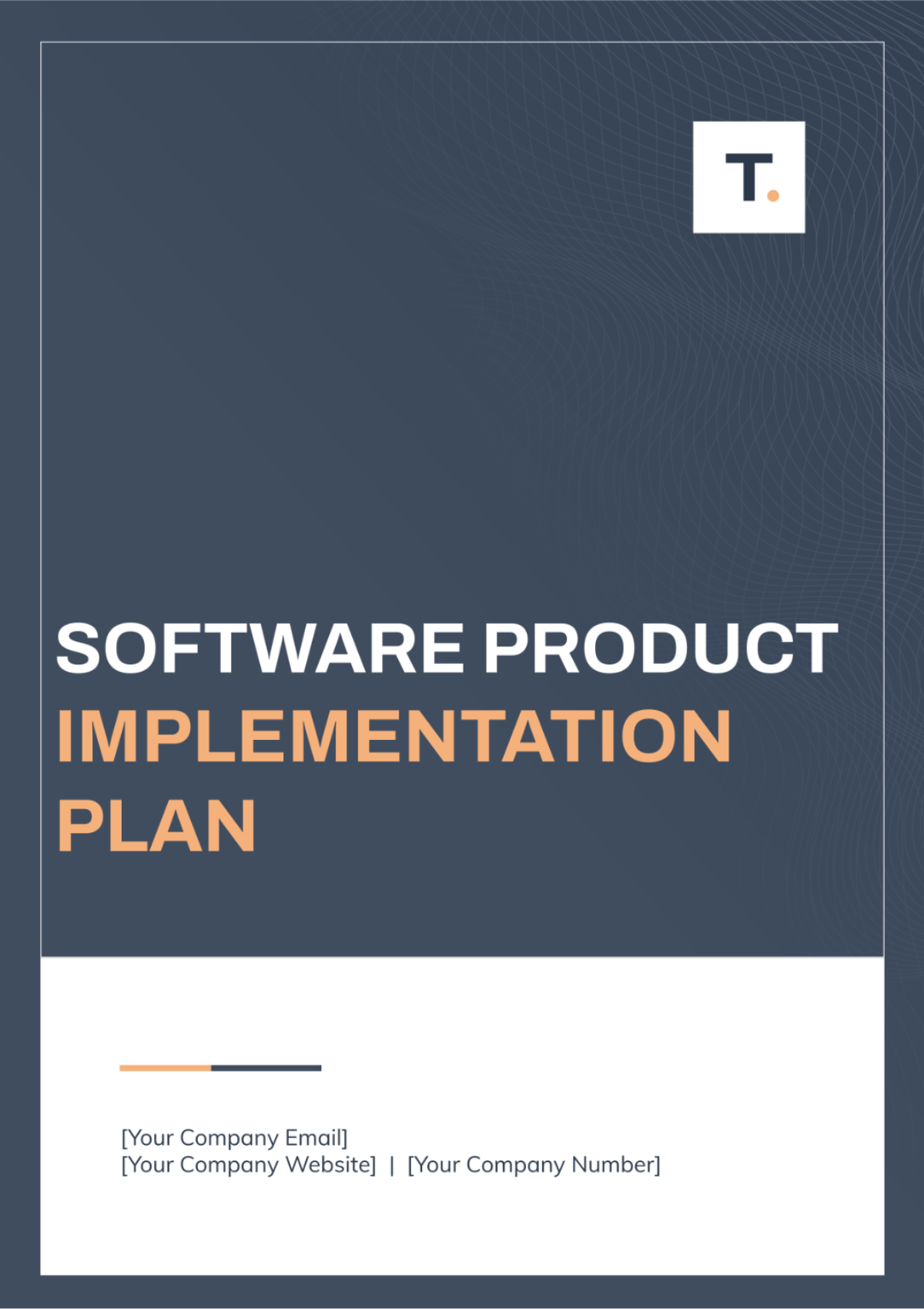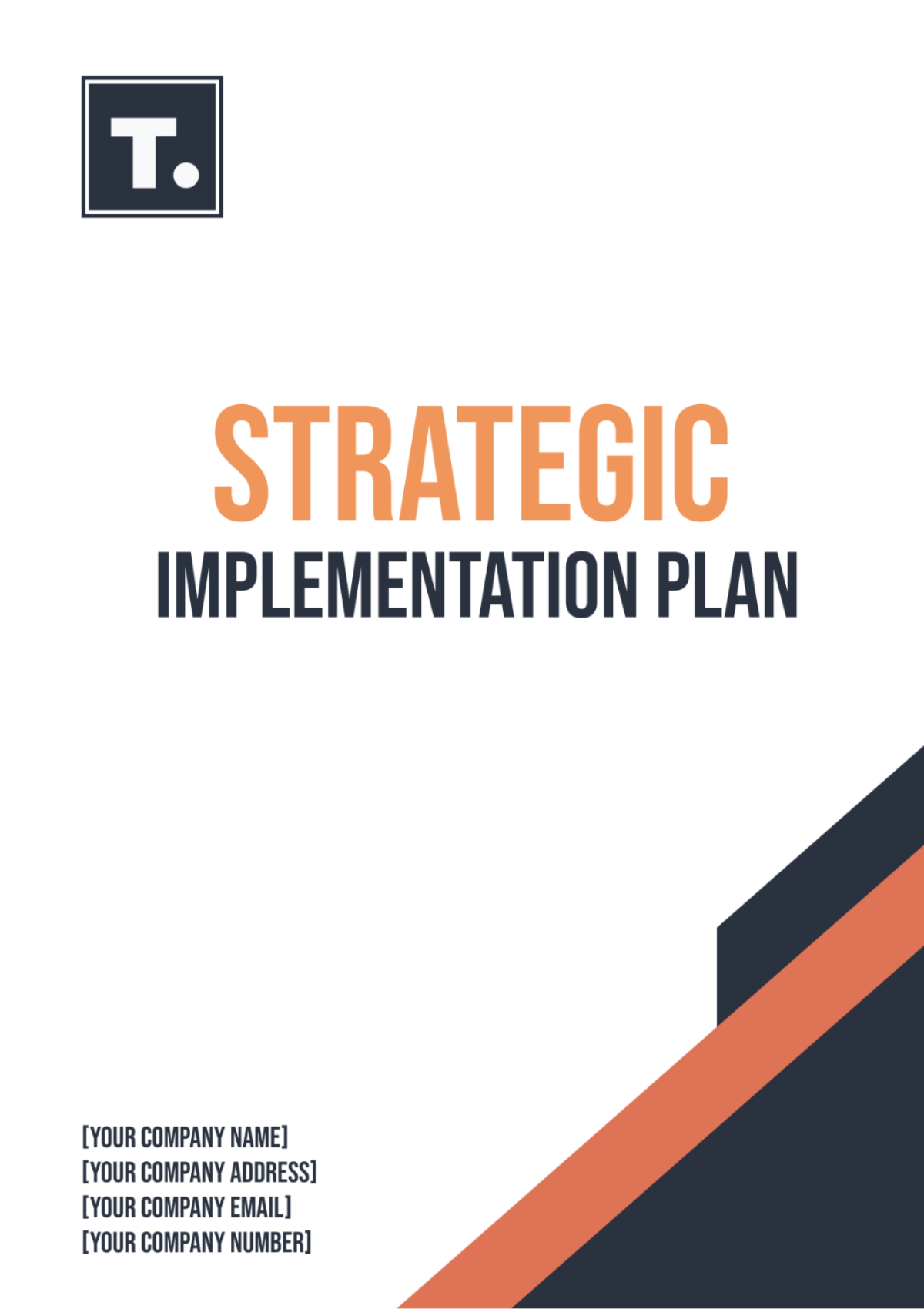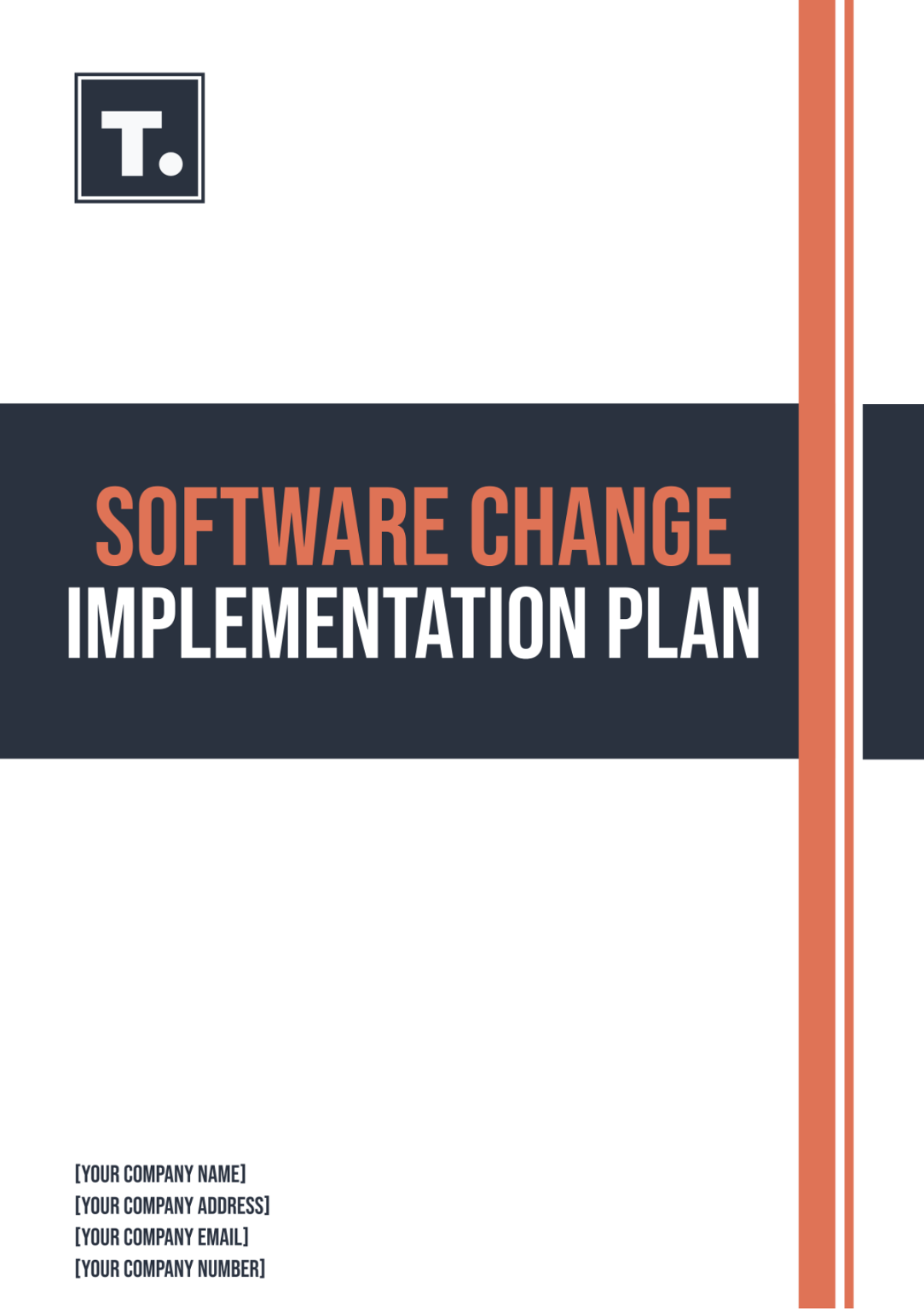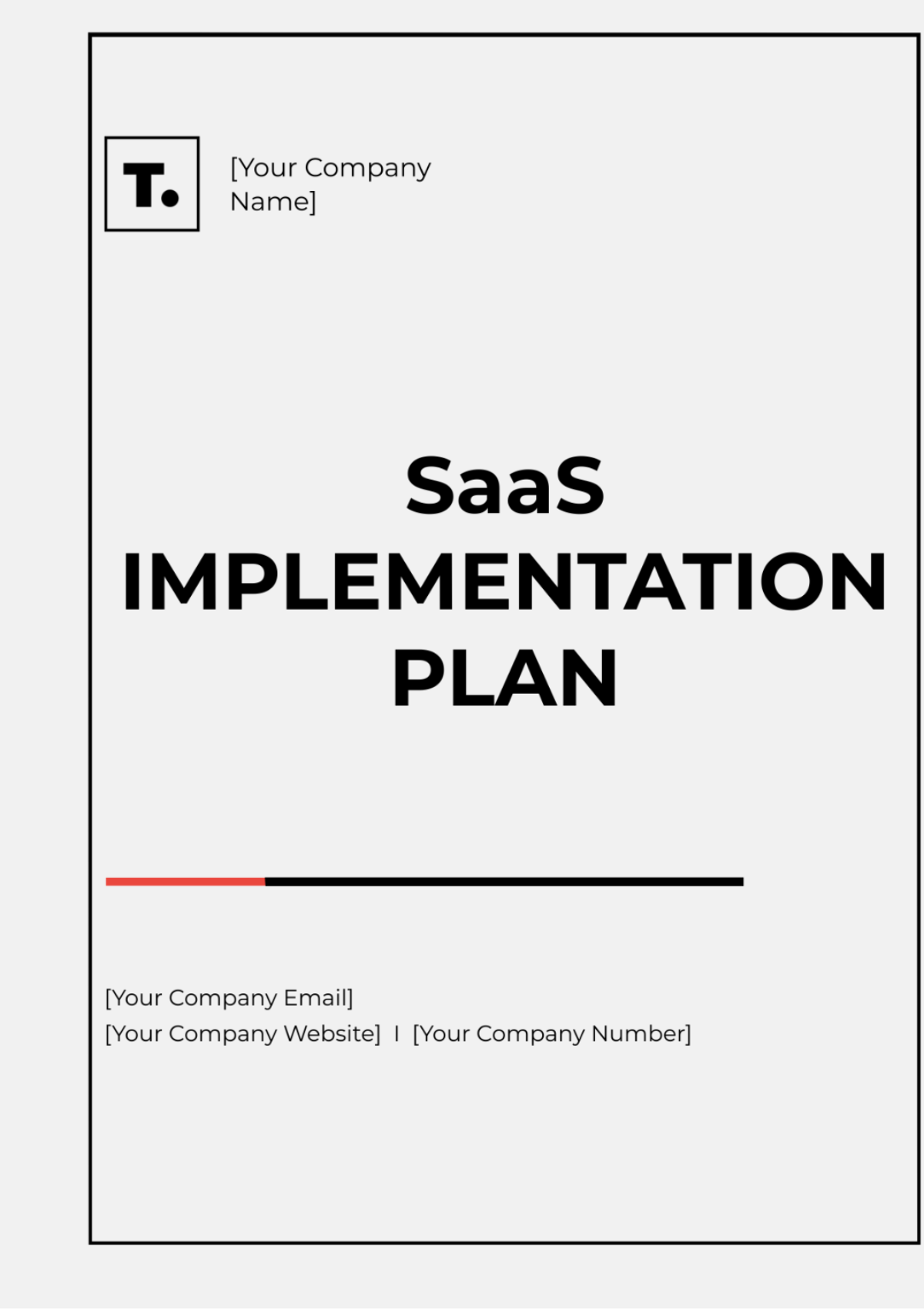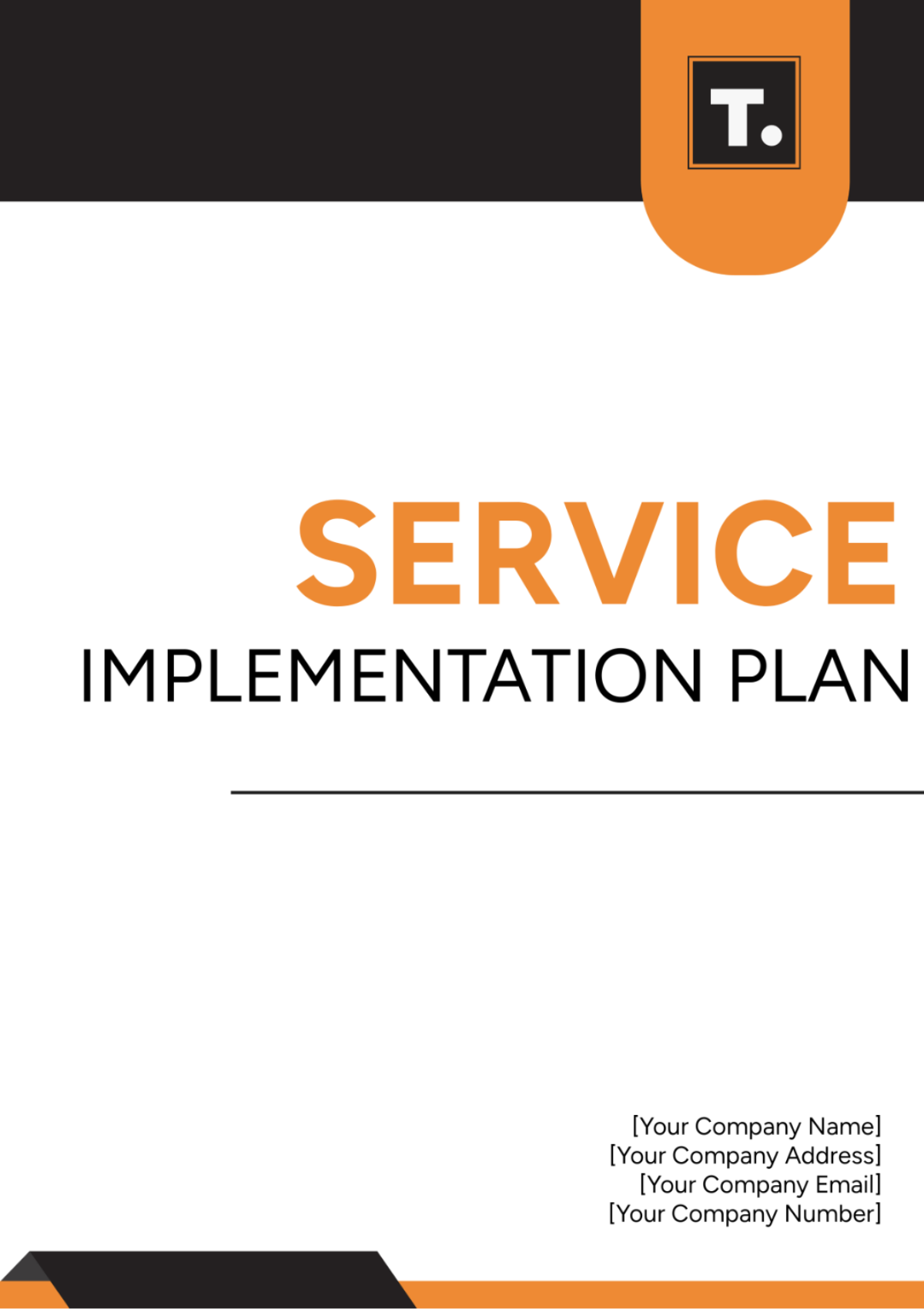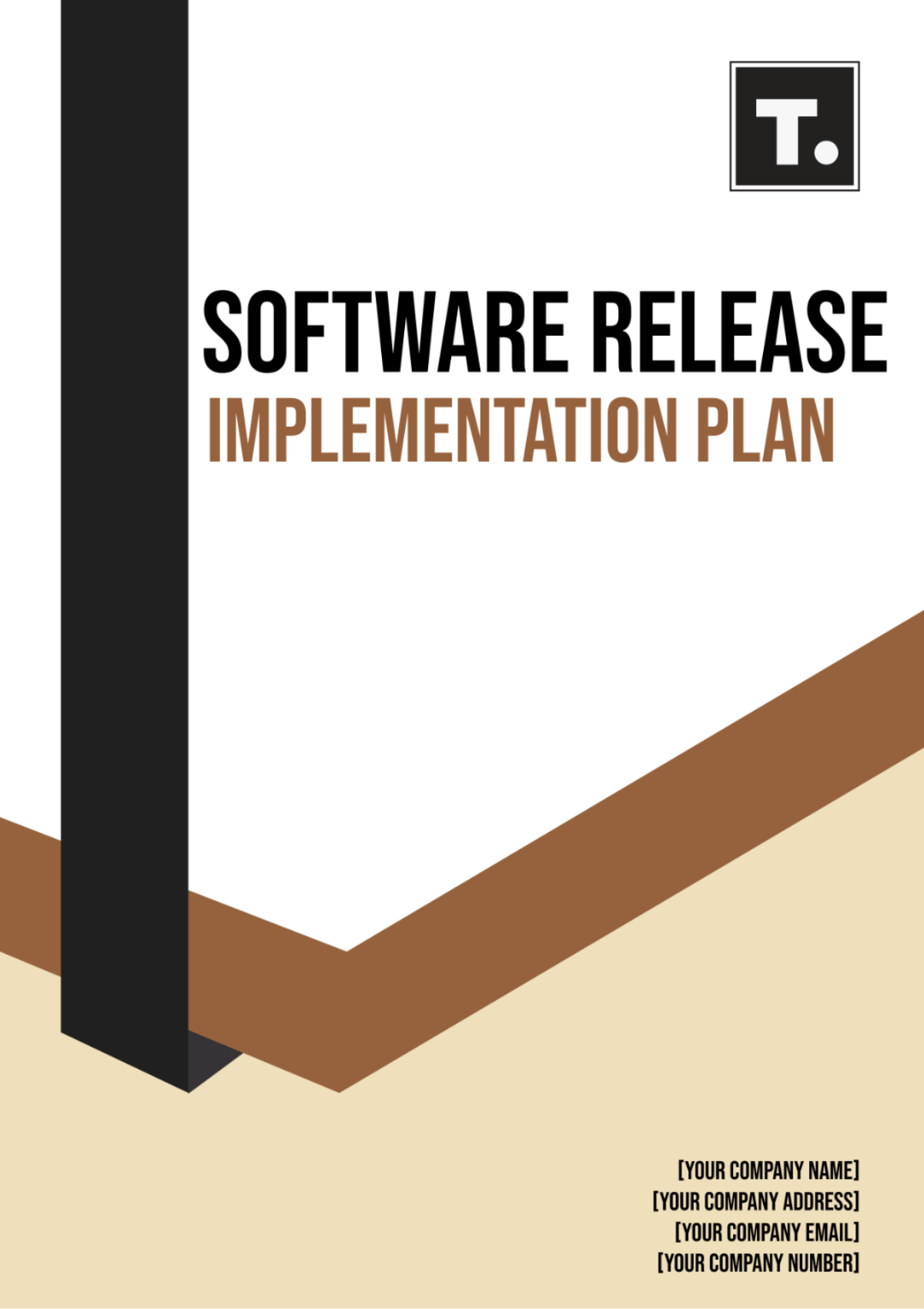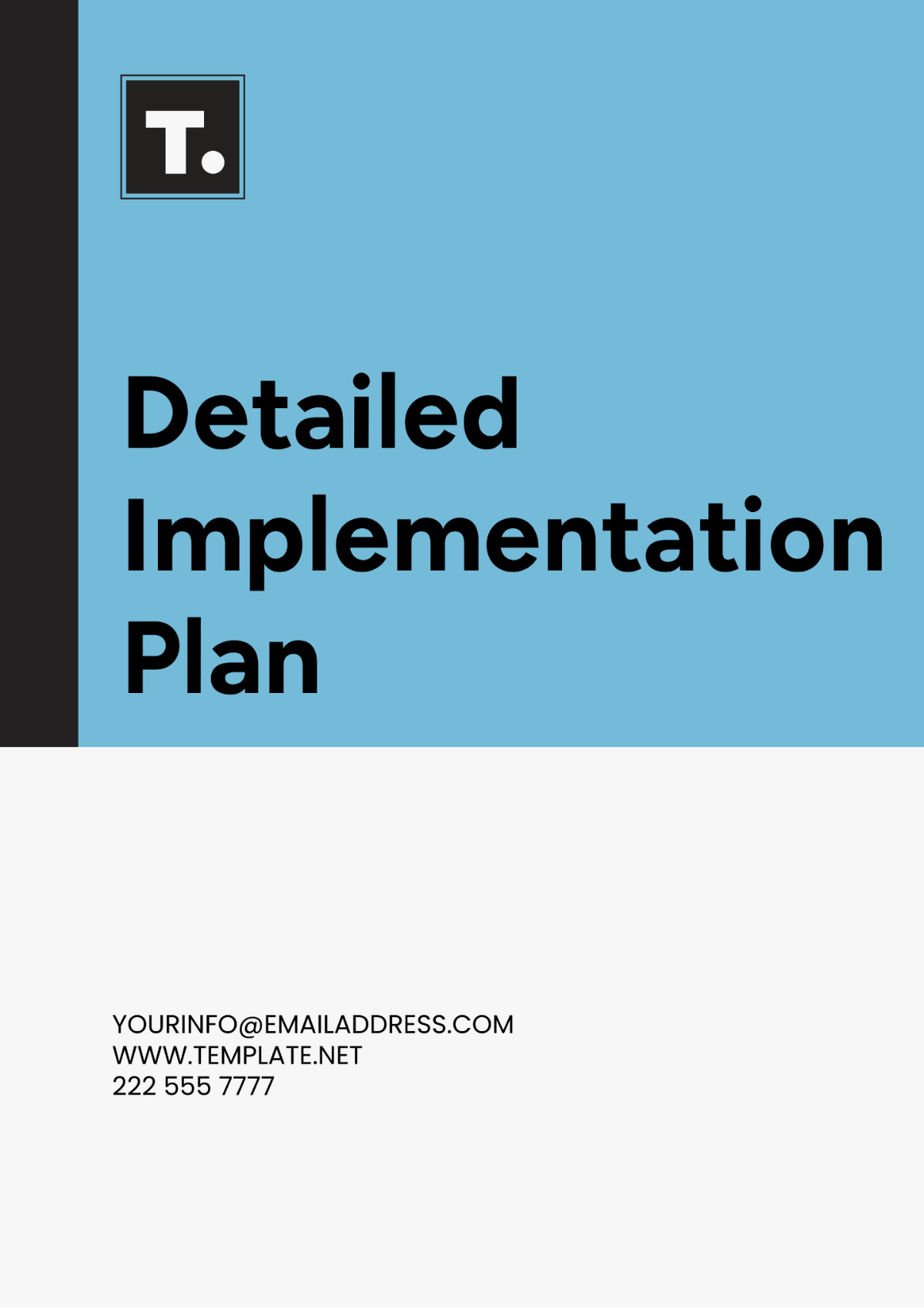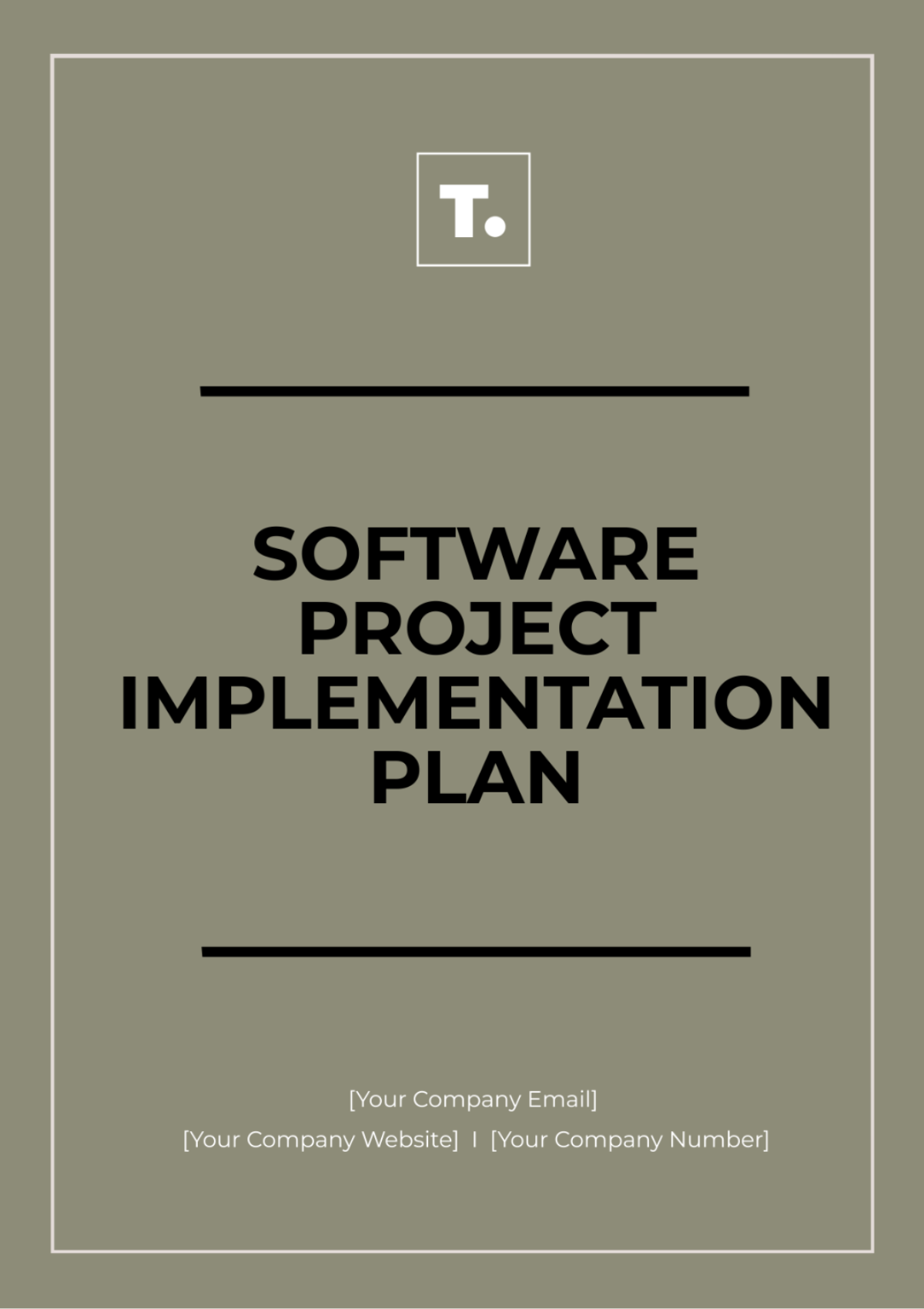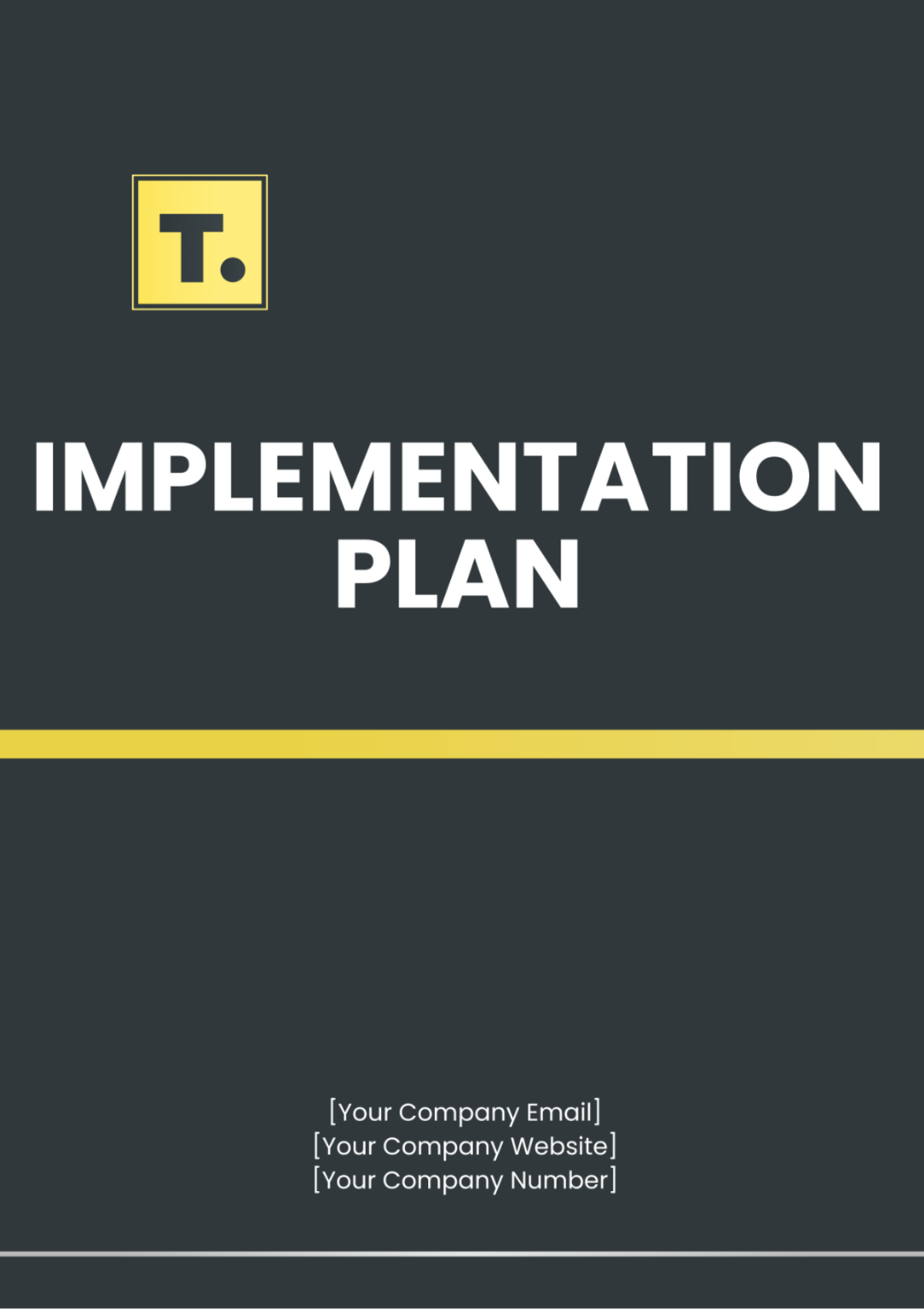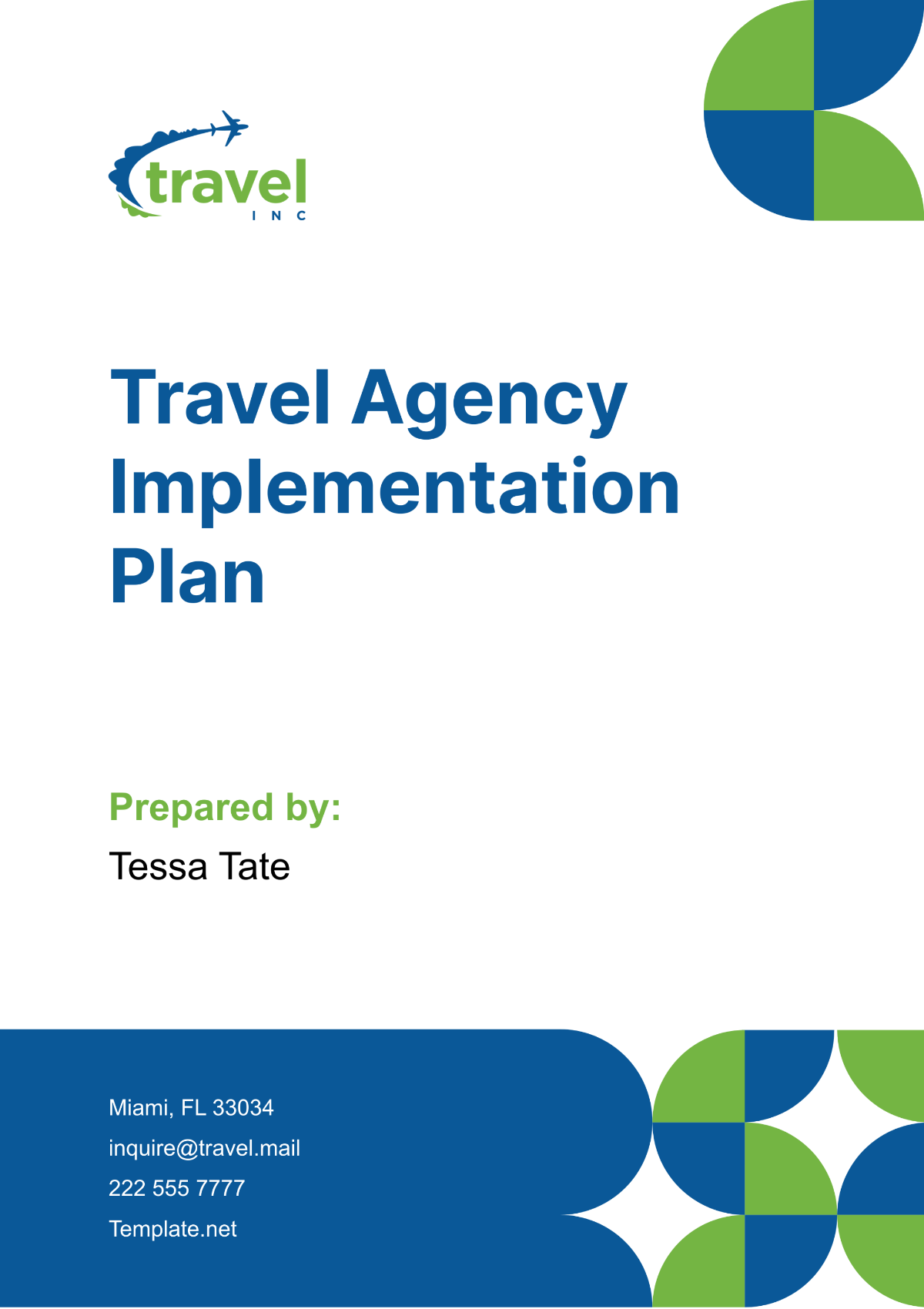Firewall Implementation Plan
Written by: [YOUR NAME]
I. Introduction
This Firewall Implementation Plan outlines the key steps, responsibilities, timelines, and resources necessary to successfully implement a firewall in accordance with the company's security policies. This document serves as a comprehensive guide for all stakeholders involved in the implementation process.
II. Executive Summary
Implementing a firewall is critical to protecting [YOUR COMPANY NAME]'s network infrastructure from unauthorized access and cyber threats. This plan details the approach for the firewall deployment, encompassing project objectives, risk assessment, deployment strategy, testing, training, and ongoing maintenance.
III. Objectives
To enhance the security of [YOUR COMPANY NAME]'s IT infrastructure
To prevent unauthorized access to internal networks
To ensure compliance with relevant security standards and regulations
To provide robust monitoring and reporting capabilities
IV. Stakeholders
The following stakeholders have been identified for the firewall implementation project:
Project Manager: [YOUR NAME]
IT Security Team: Responsible for configuring and managing the firewall
Network Administrators: Ensure network compatibility and performance
End Users: Require training and documentation for seamless transition
V. Project Timeline
Task | Start Date | End Date | Responsible Party |
|---|---|---|---|
Initial Consultation & Requirements Gathering | [DATE] | [DATE] | [YOUR NAME] |
Firewall Selection & Procurement | [DATE] | [DATE] | IT Security Team |
Configuration & Testing | [DATE] | [DATE] | Network Administrators |
Training & Documentation | [DATE] | [DATE] | Project Manager |
Deployment & Go-Live | [DATE] | [DATE] | IT Security Team |
VI. Risk Assessment
Risk is inherent in any IT project. Below is a summary of potential risks and mitigation strategies:
Risk | Impact | Probability | Mitigation Strategy |
|---|---|---|---|
Hardware failure | High | Low | Procure backup hardware and establish a quick replacement protocol |
Configuration errors | Medium | Medium | Conduct thorough testing and peer reviews |
User resistance | Low | High | Provide comprehensive training and support |
VII. Deployment Strategy
The deployment strategy for the firewall implementation includes the following phases:
Planning: Define requirements, scope, and objectives.
Procurement: Select and acquire the appropriate firewall technology.
Configuration: Set up and configure the firewall according to best practices.
Testing: Perform comprehensive testing to ensure functionality and security.
Deployment: Deploy the firewall into the production environment.
Training: Train end users and IT staff on the new firewall system.
Maintenance: Establish ongoing maintenance and monitoring procedures.
VIII. Training and Support
To ensure smooth transition and operation, the following training and support measures will be provided:
User manuals and documentation
Hands-on training sessions
24/7 helpdesk support for troubleshooting and assistance
IX. Maintenance and Monitoring
Post-deployment, the firewall will require continuous maintenance and monitoring:
Regular updates and patch management
Real-time monitoring and alerts
Quarterly security audits
